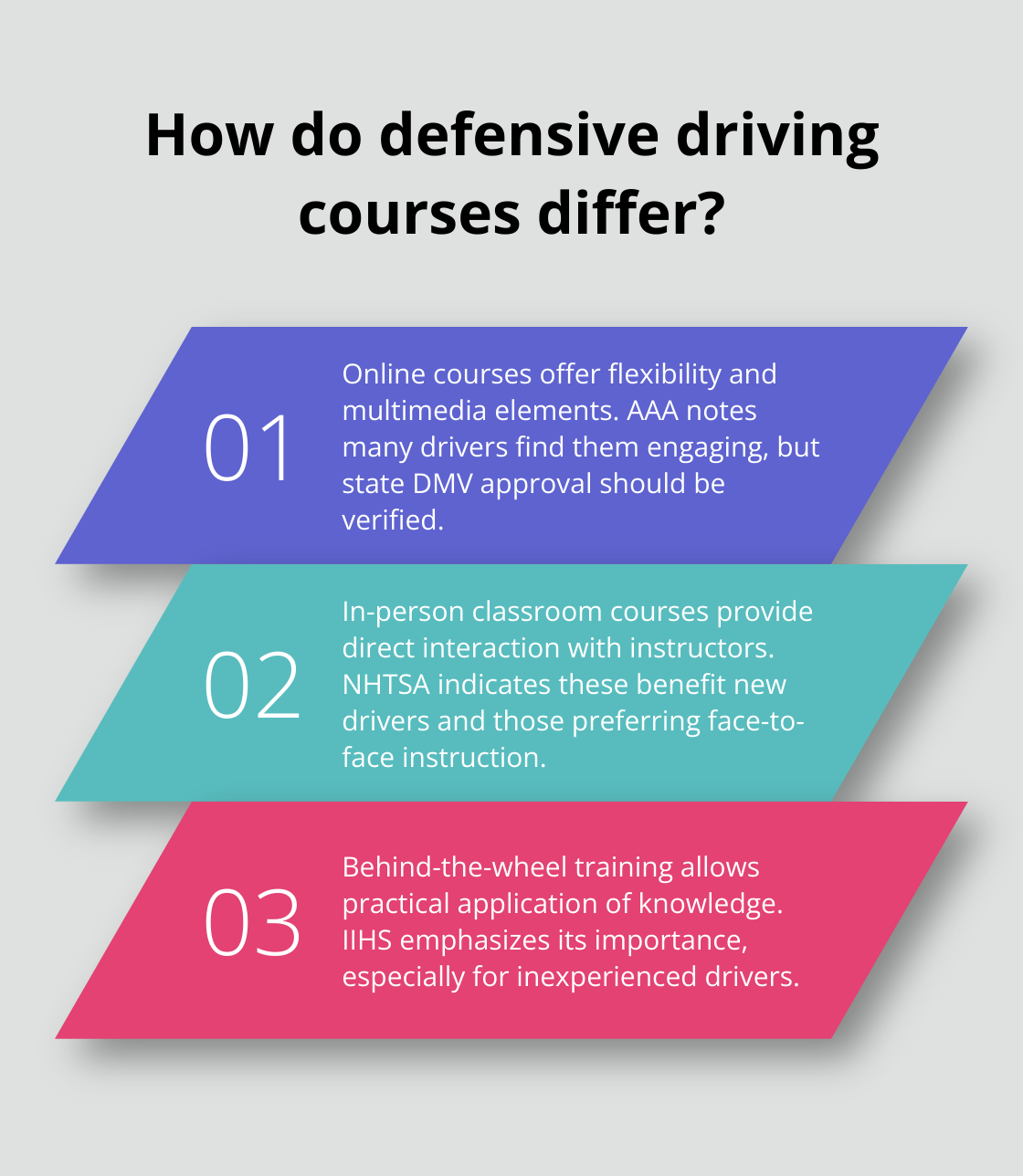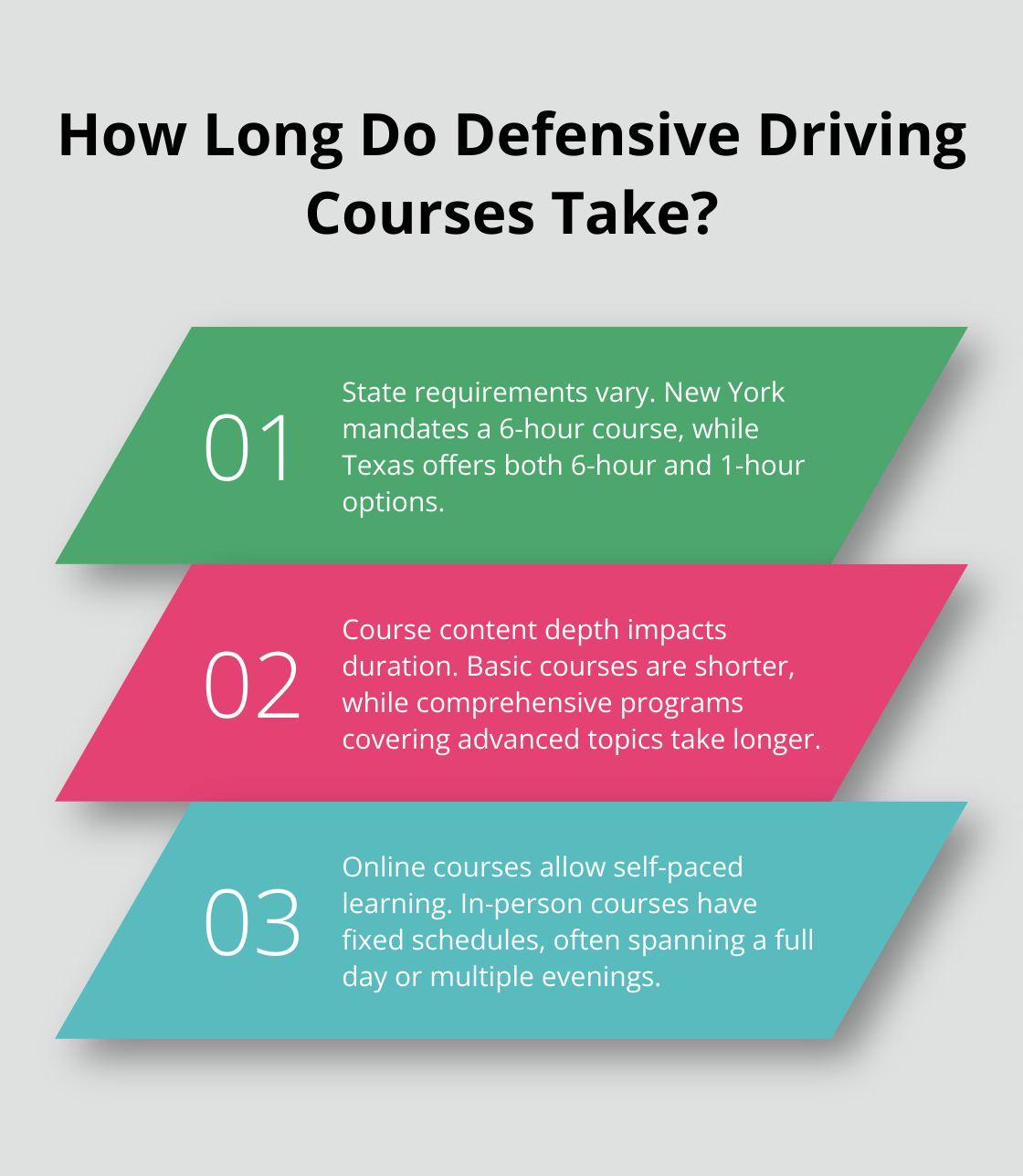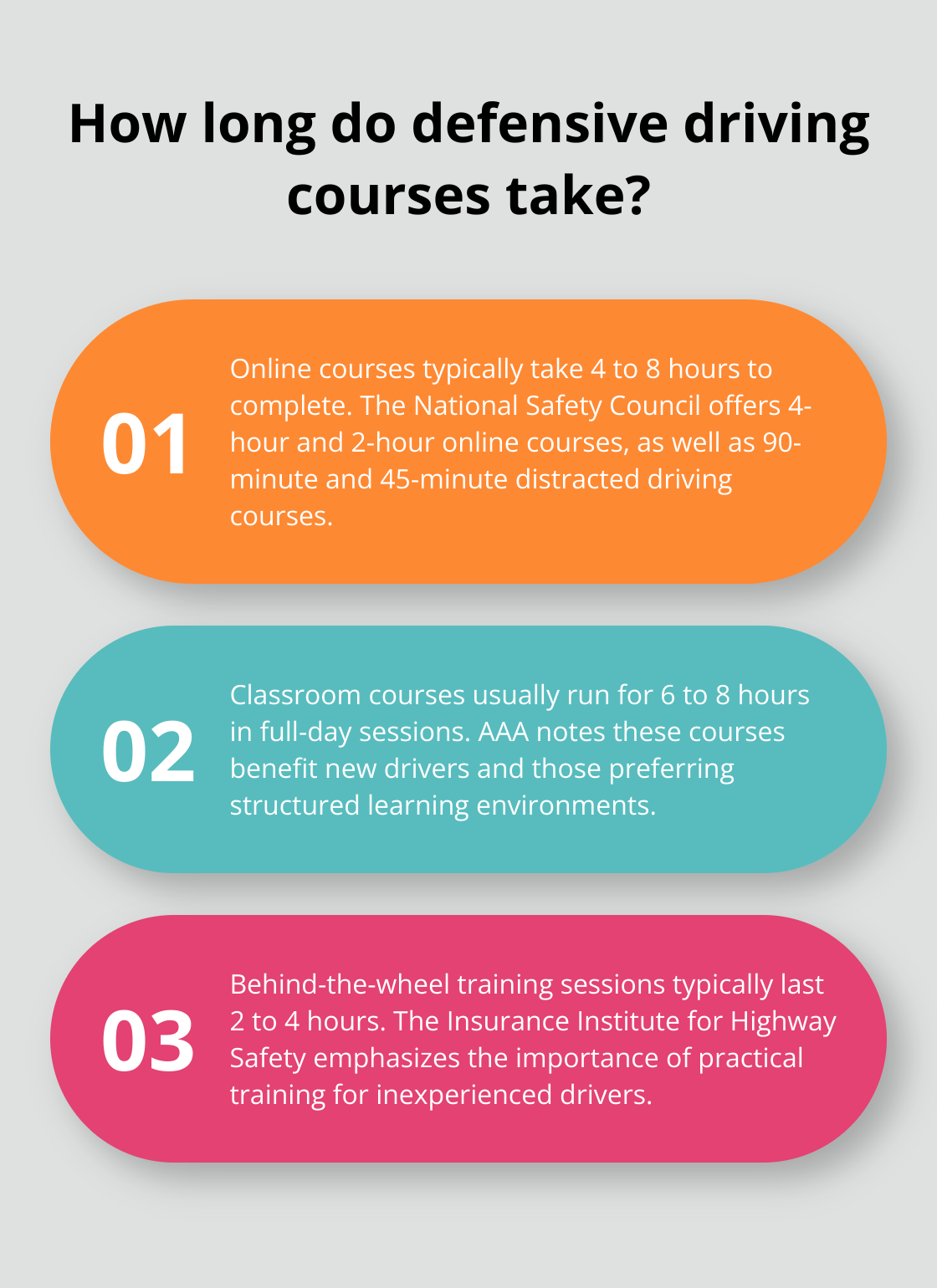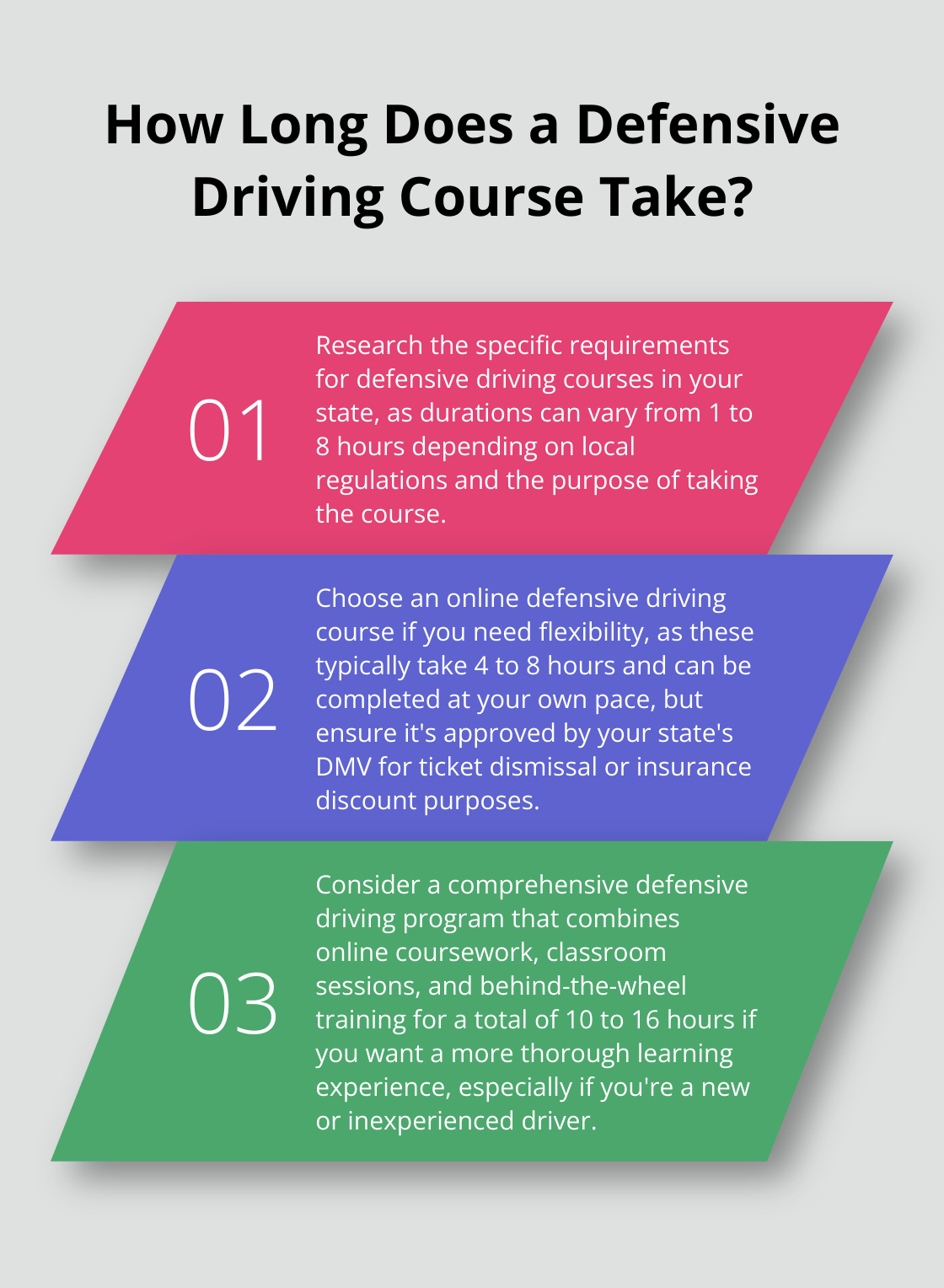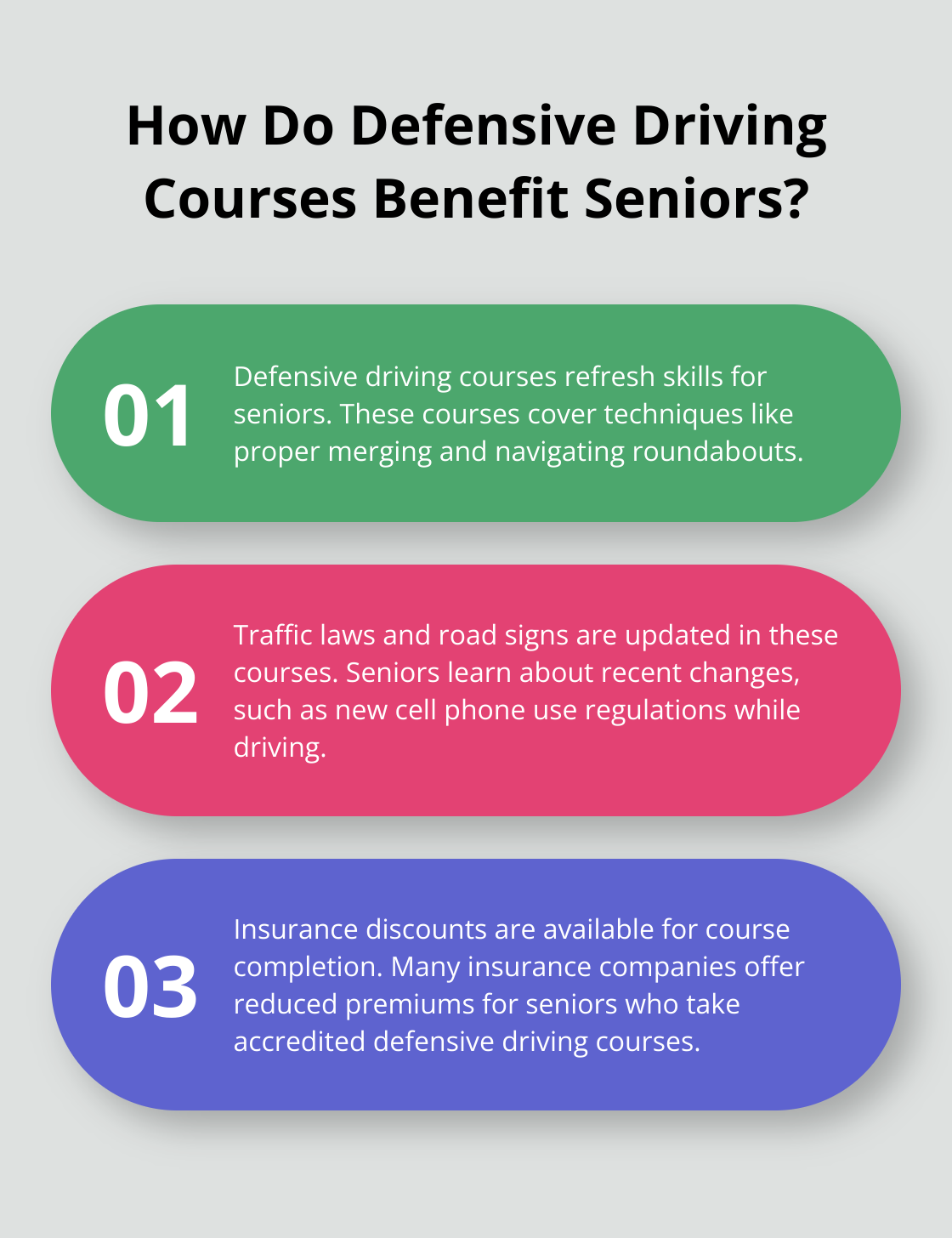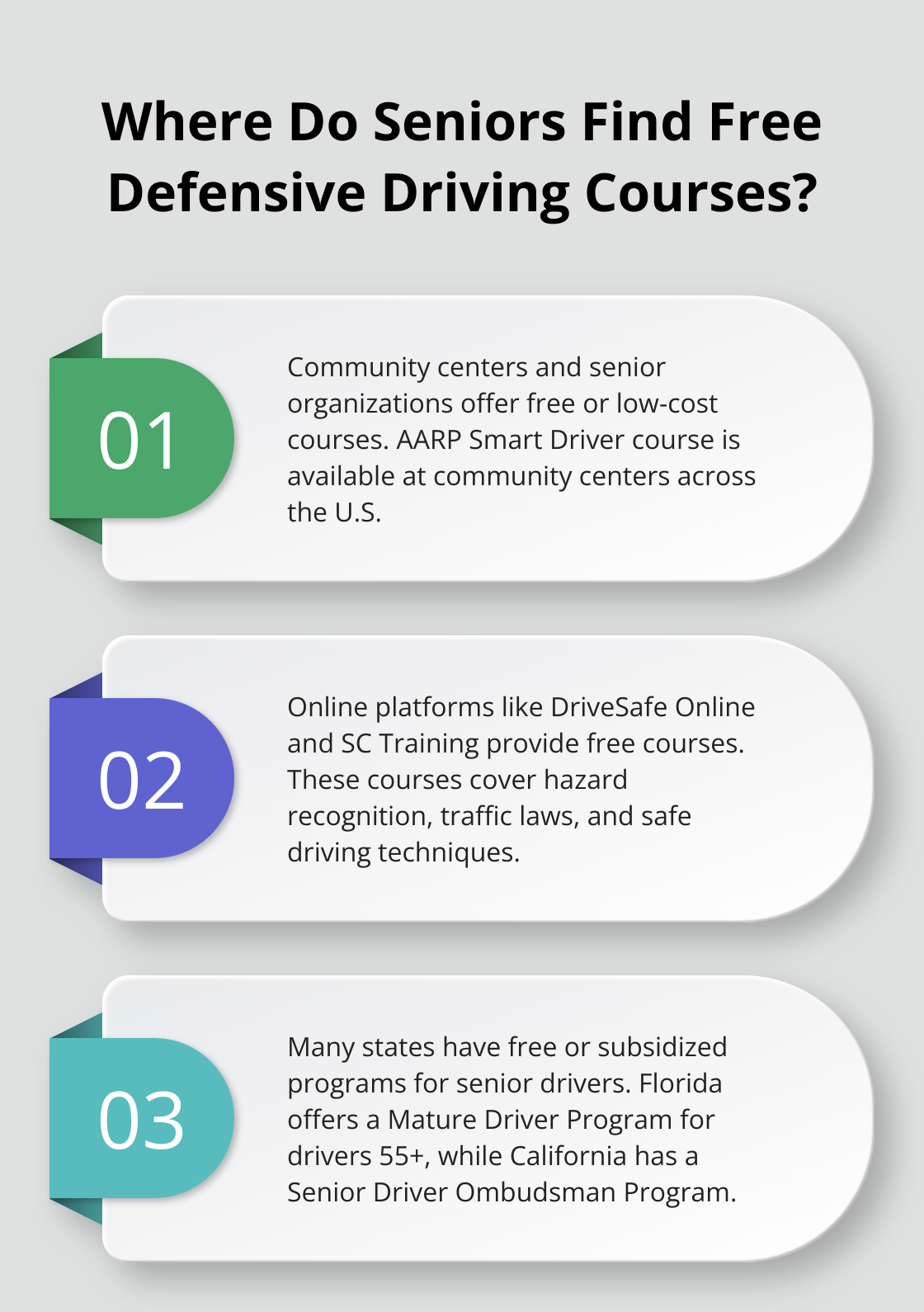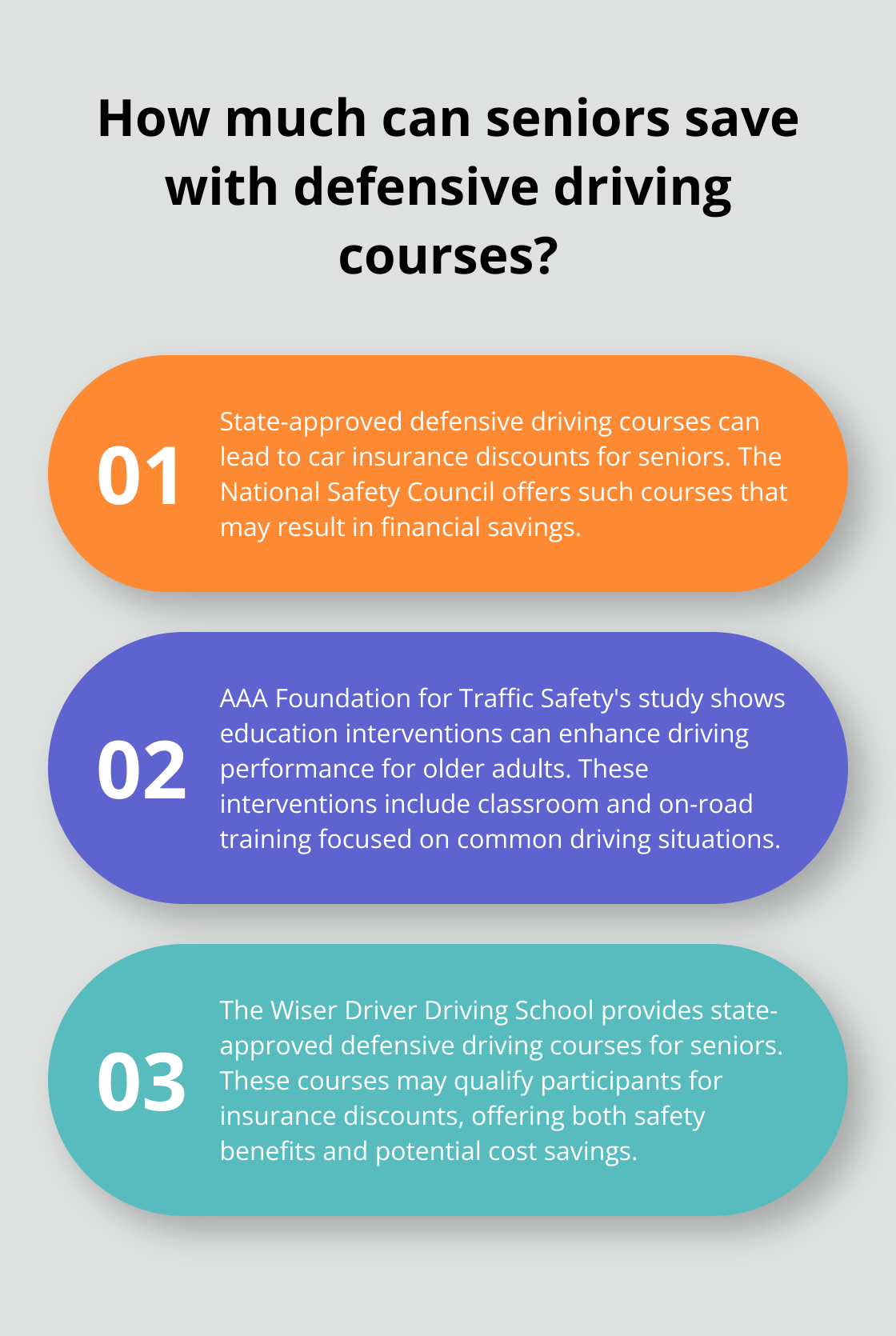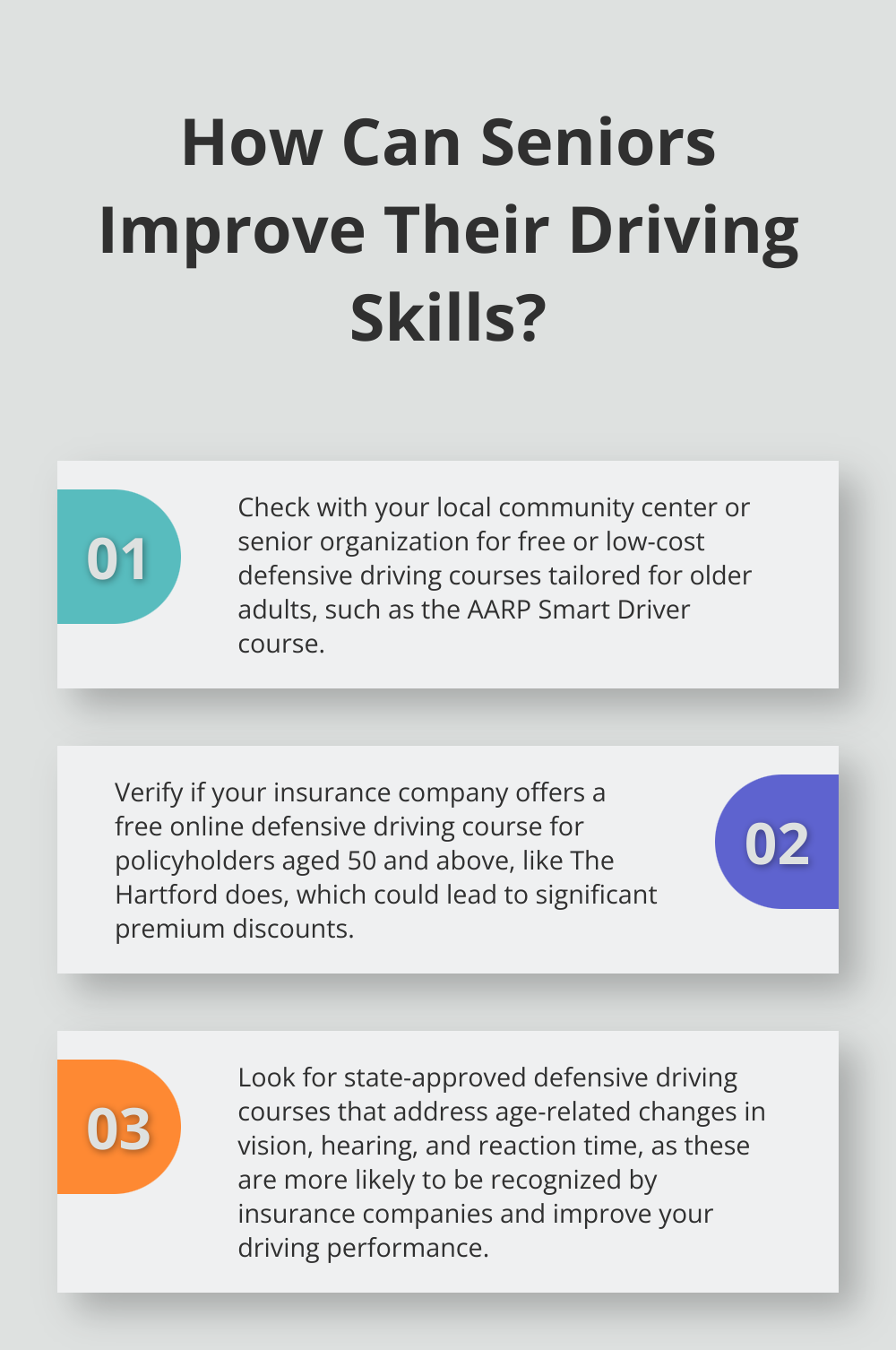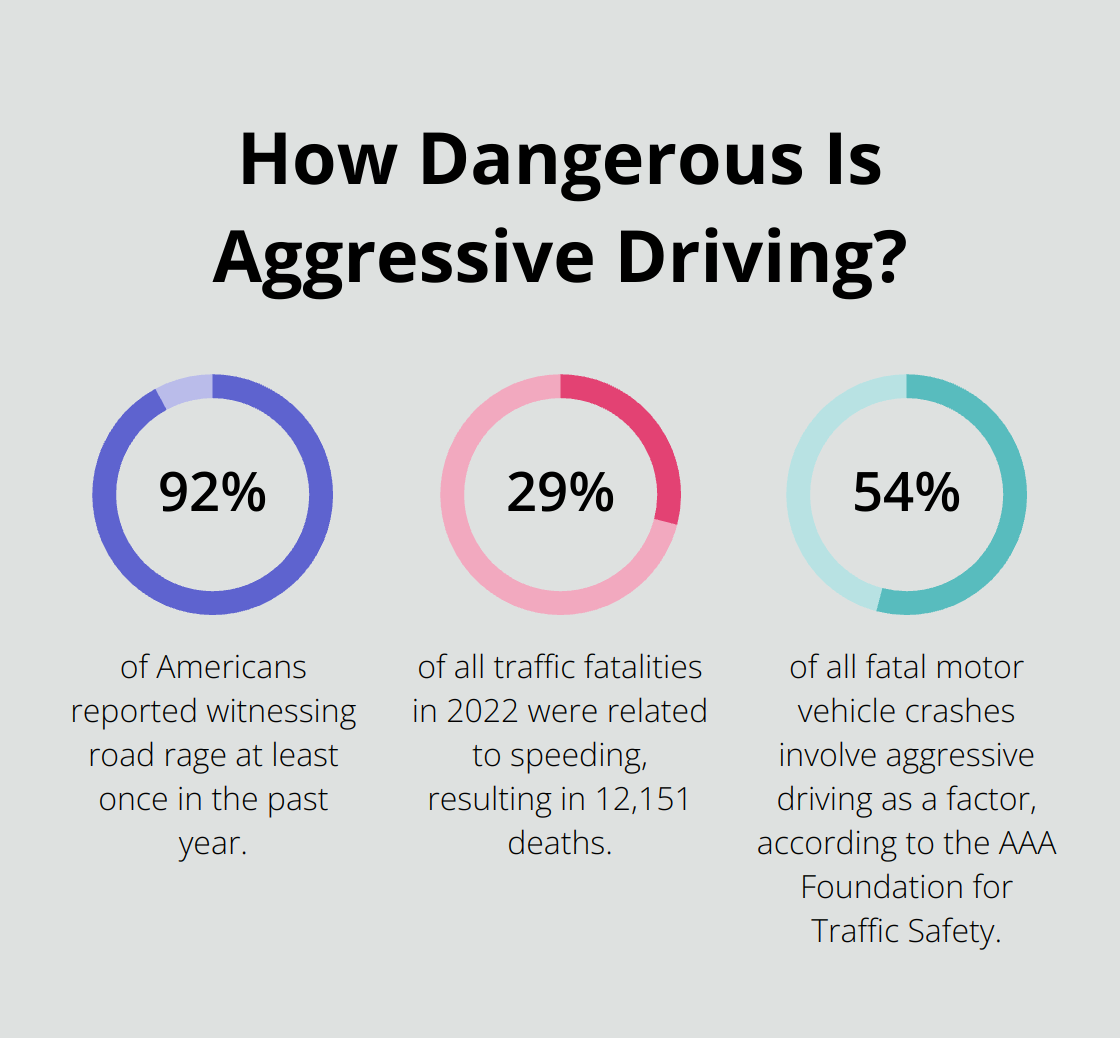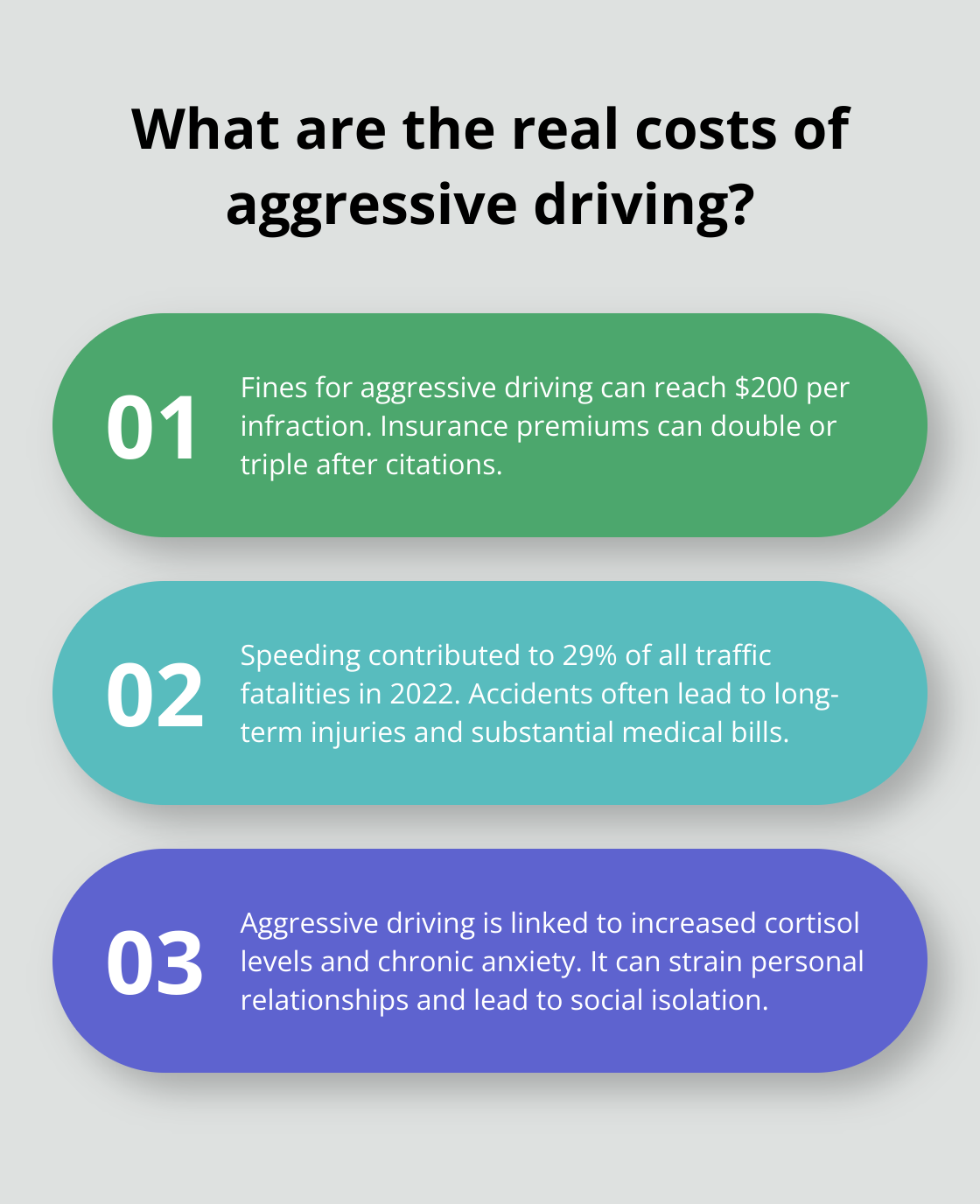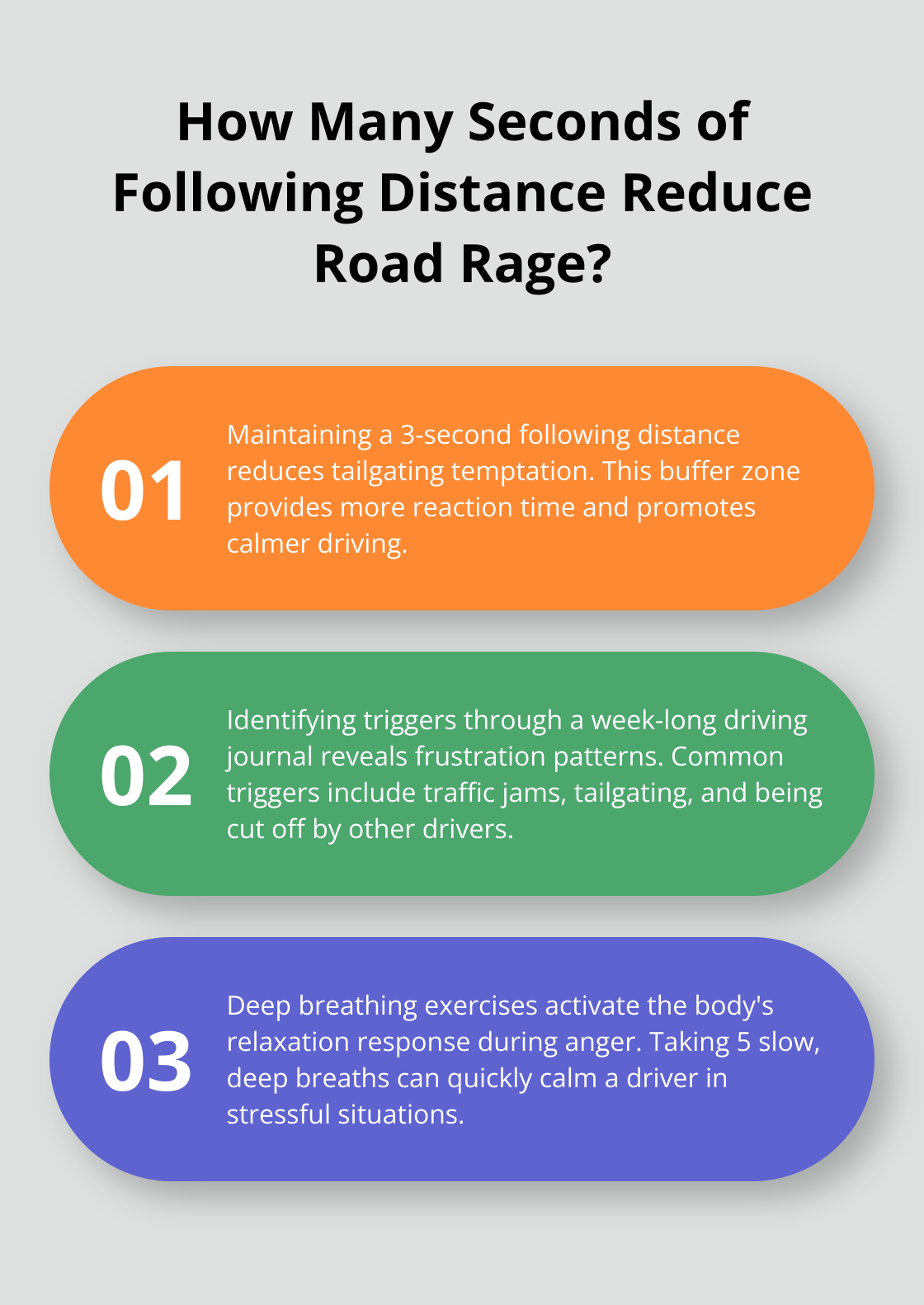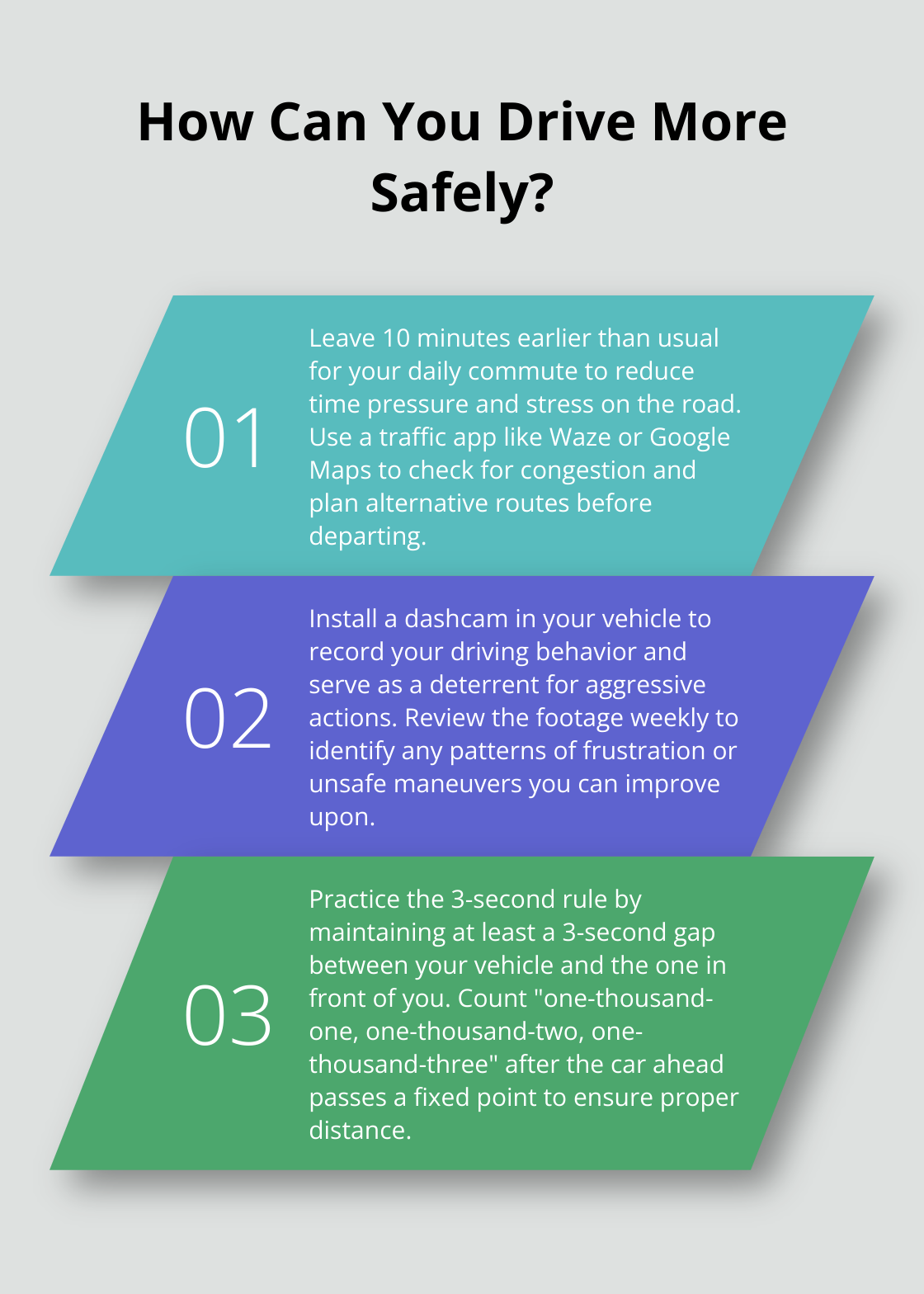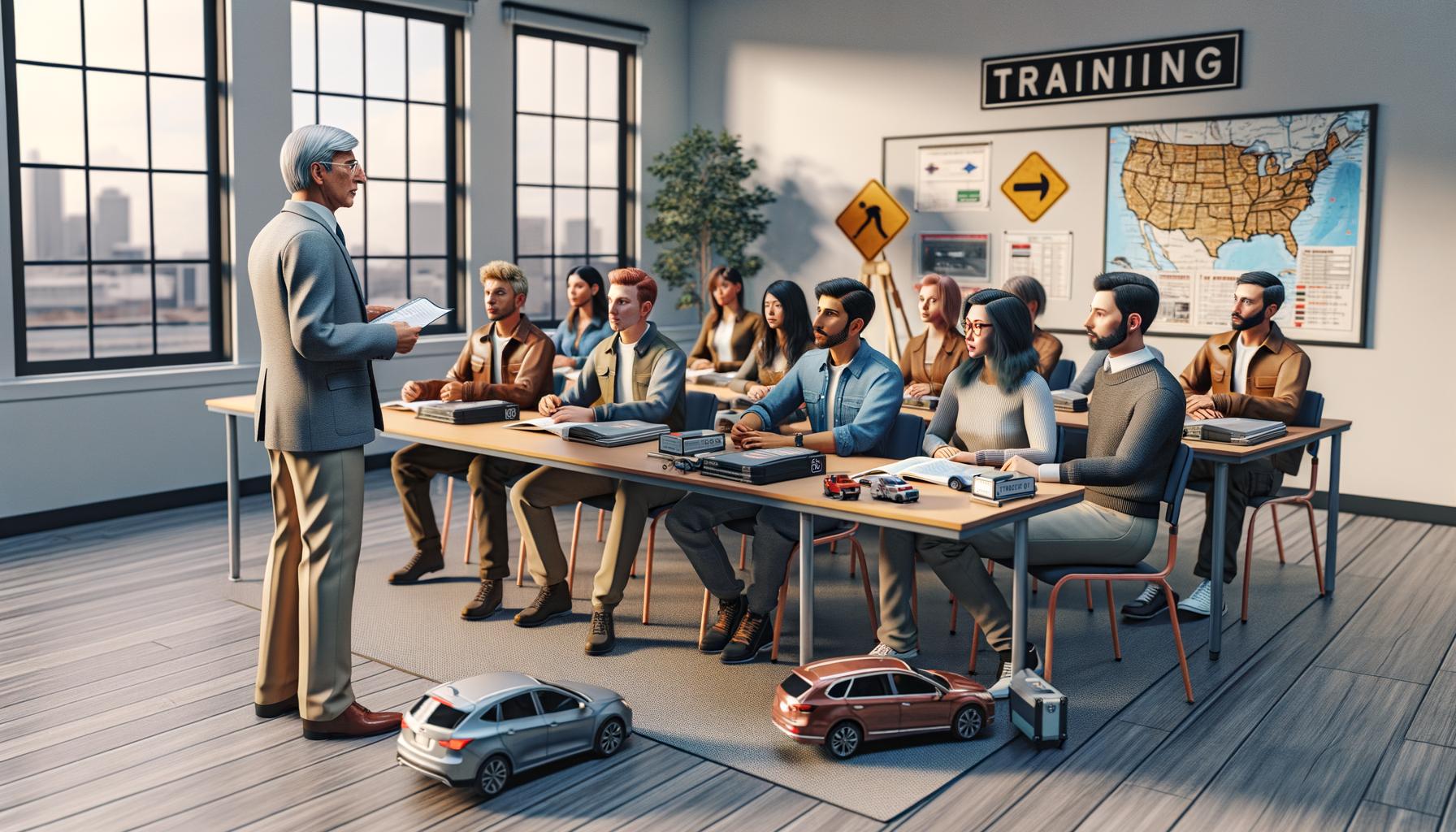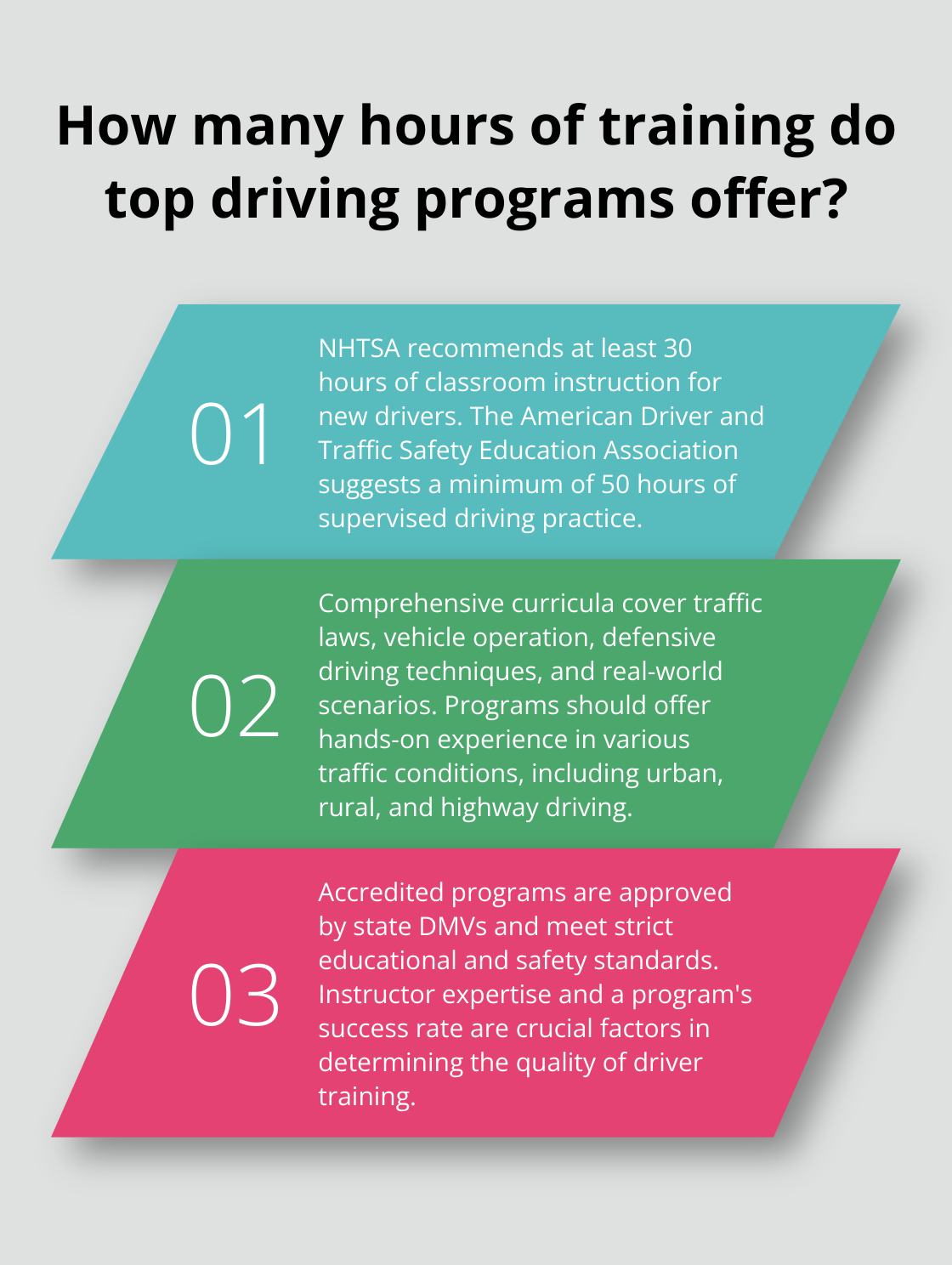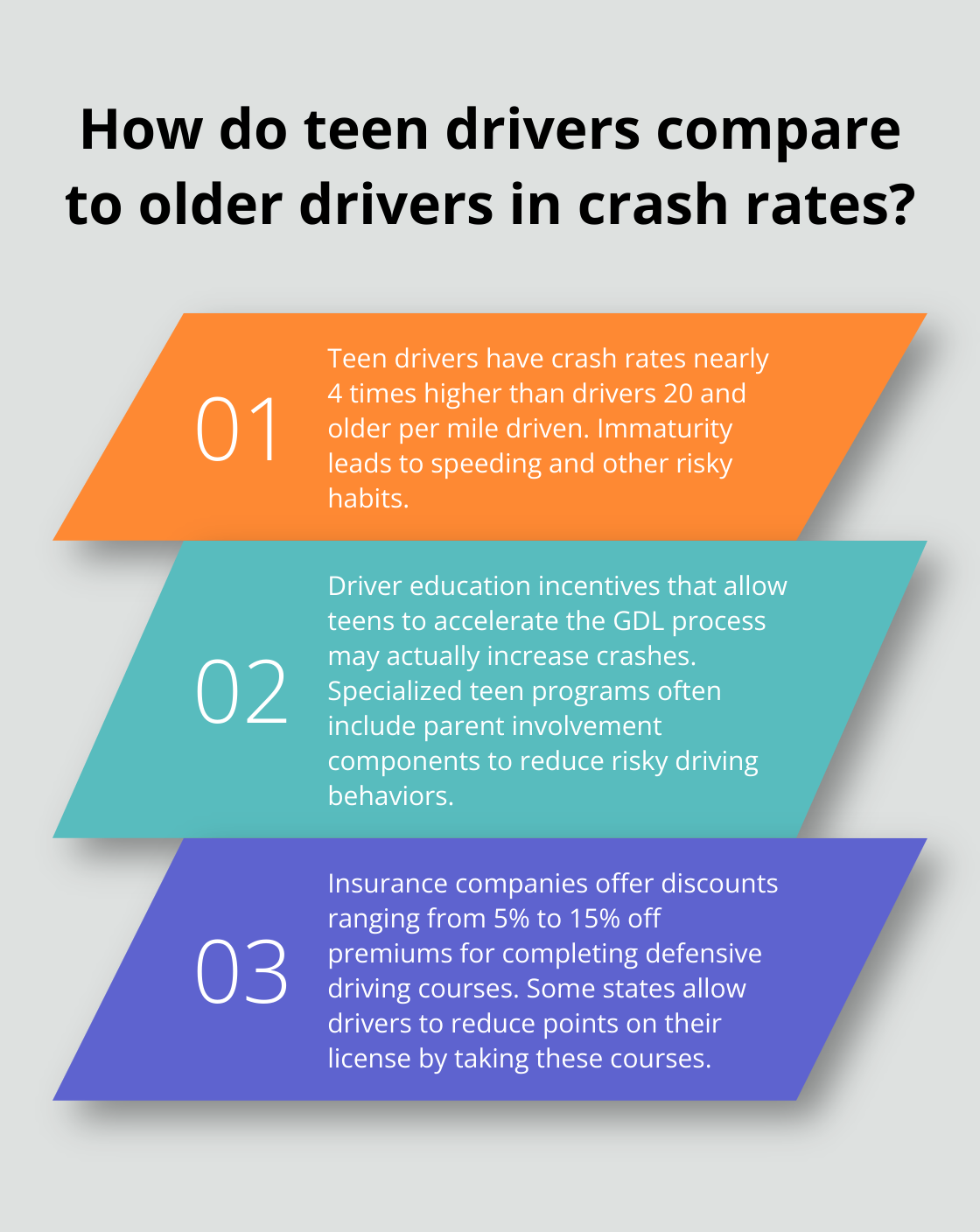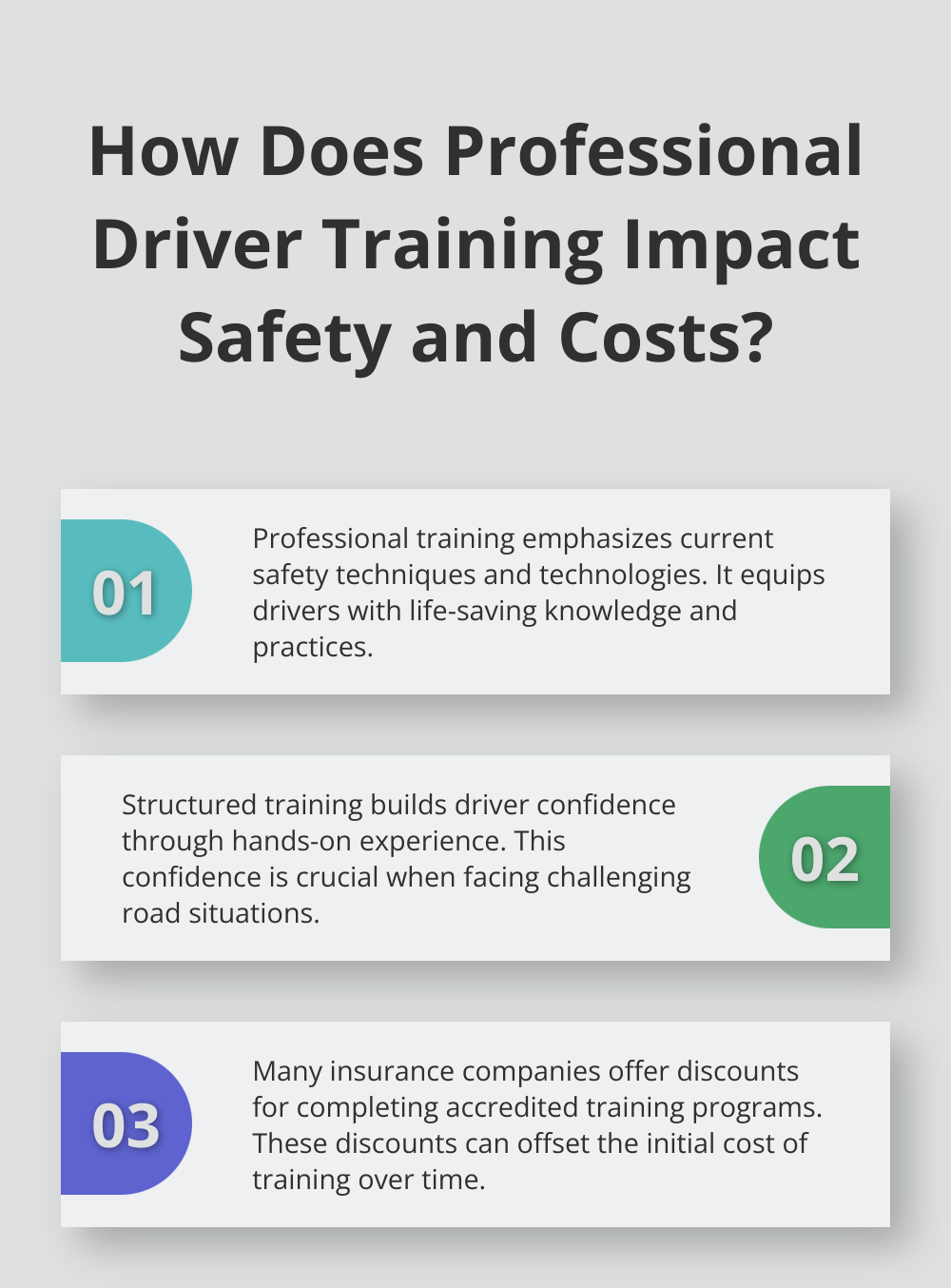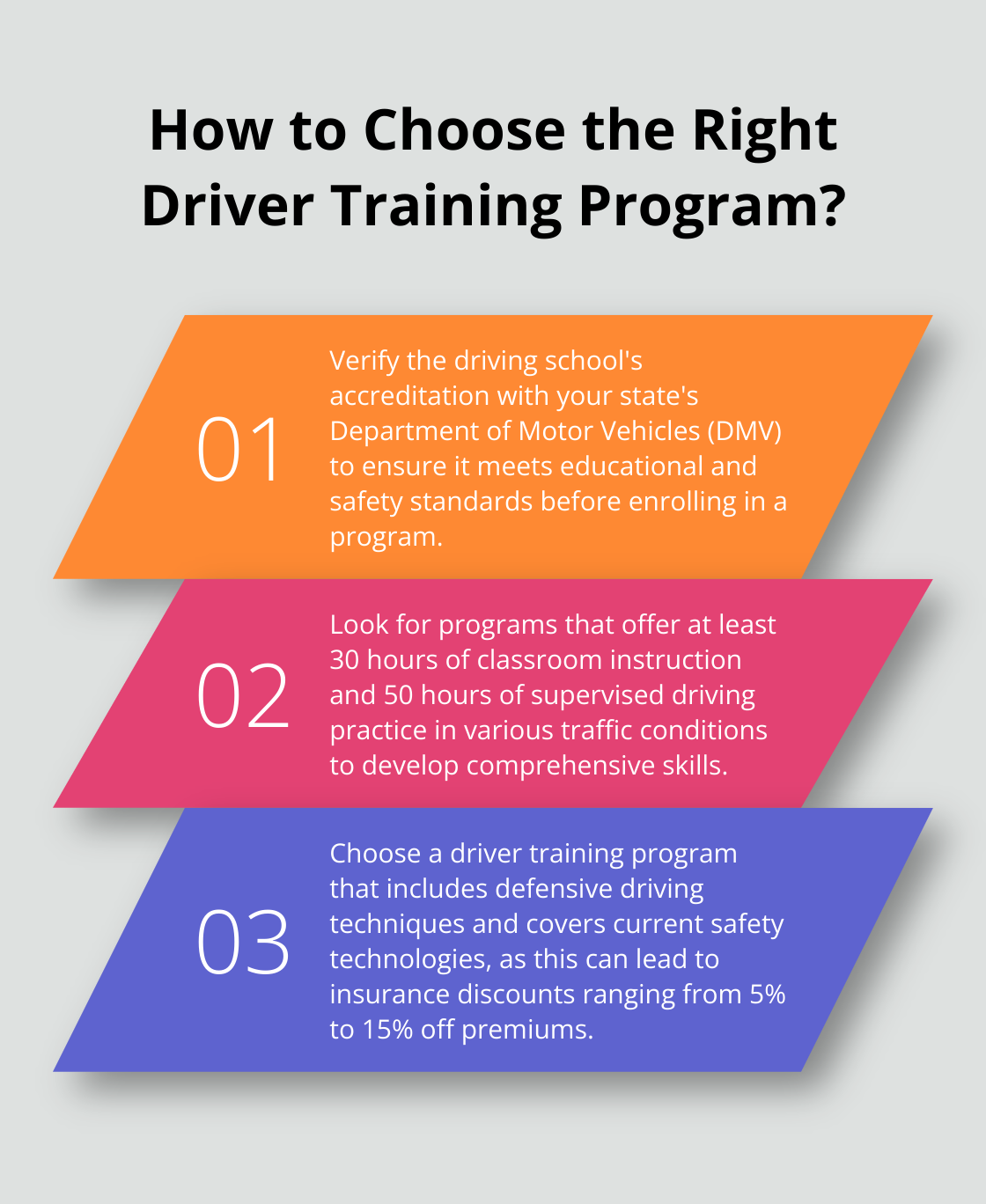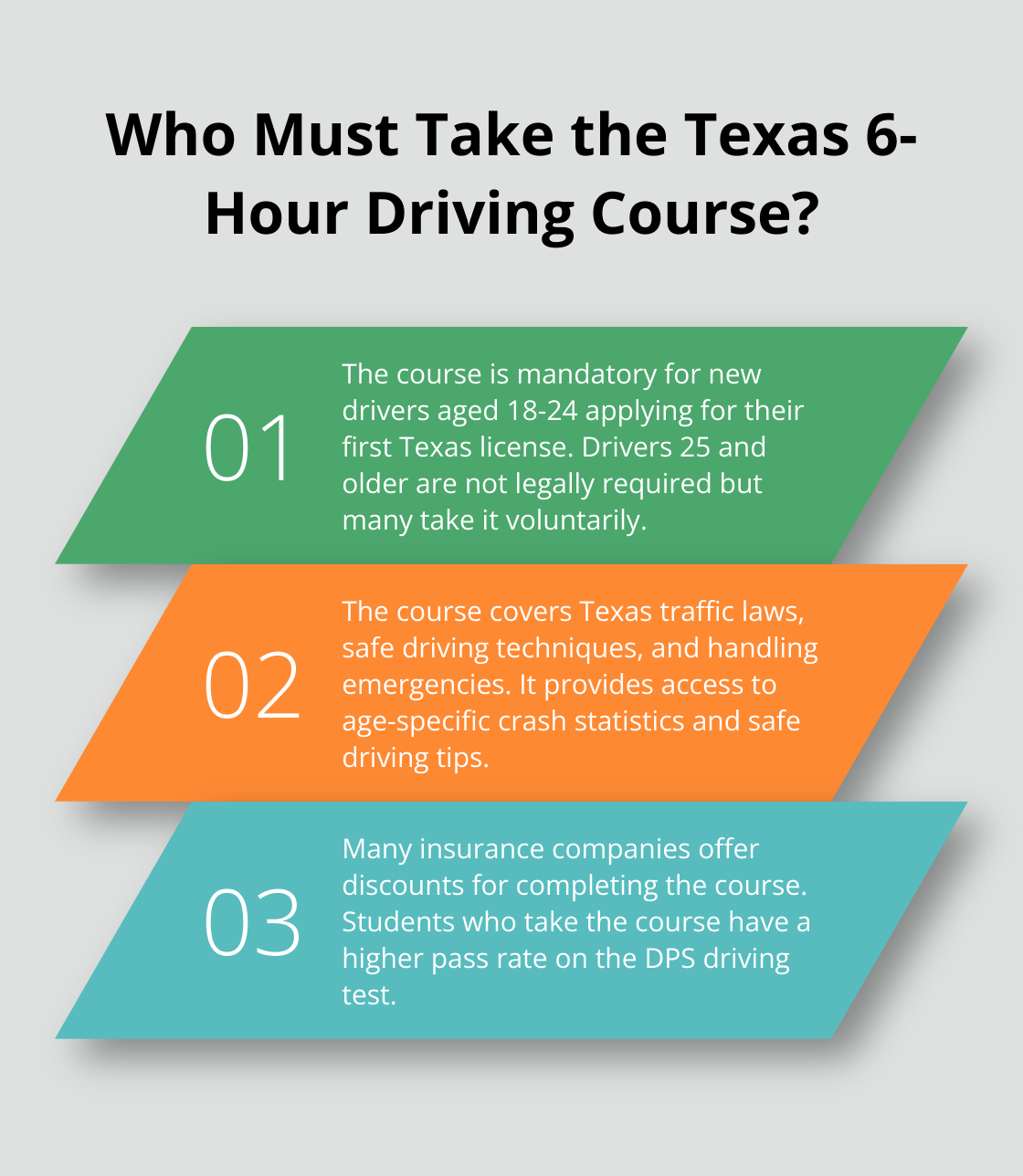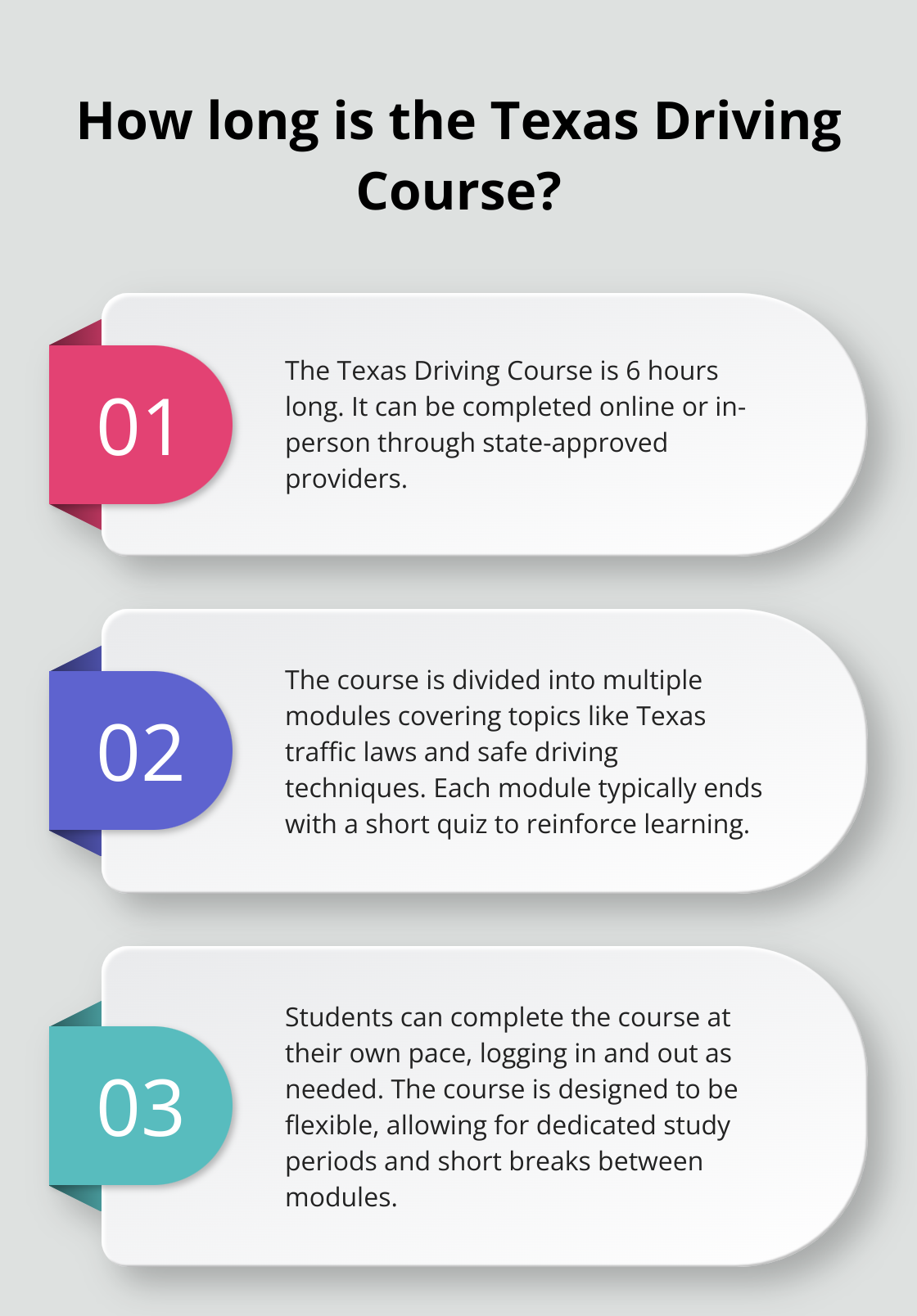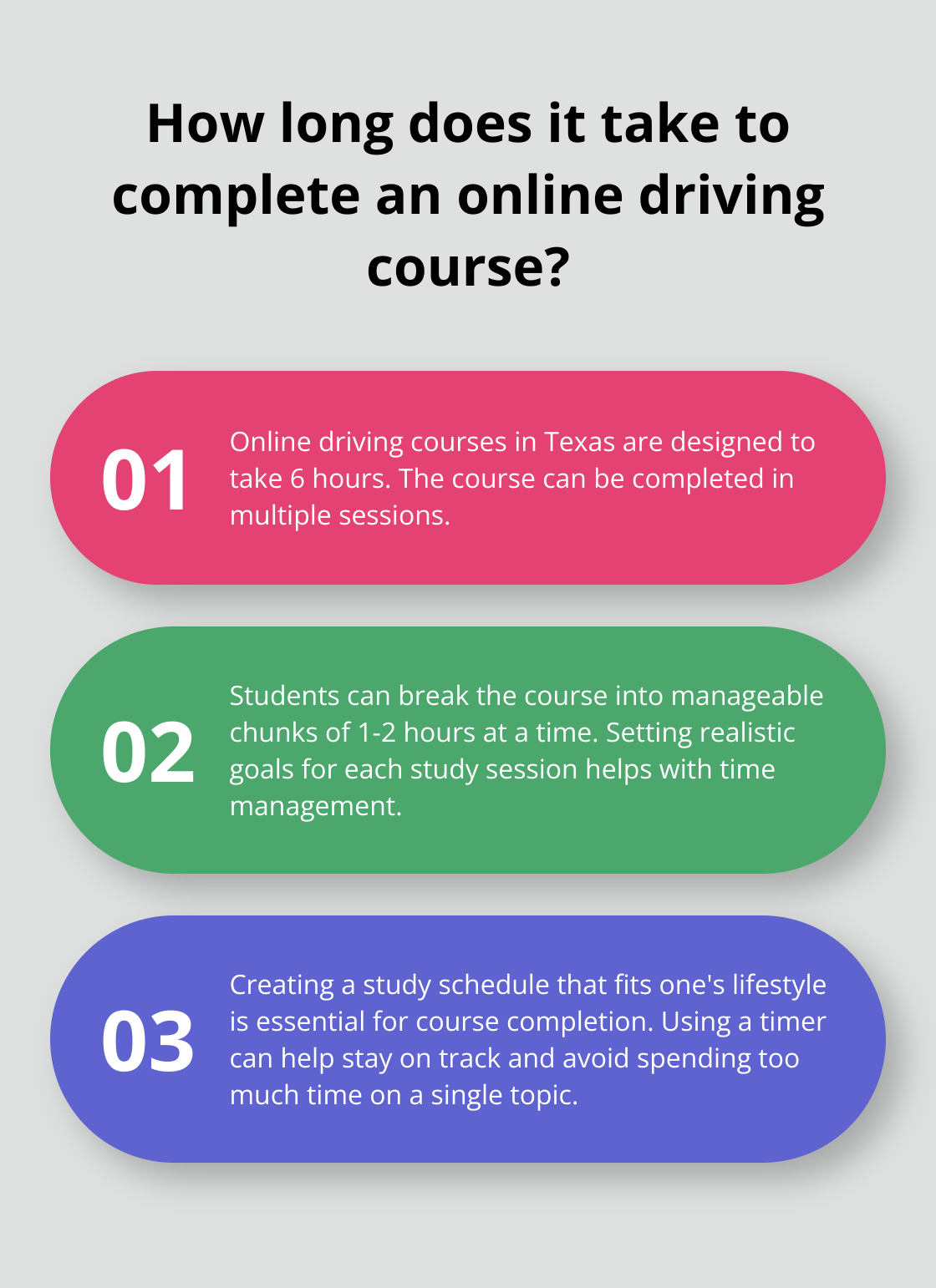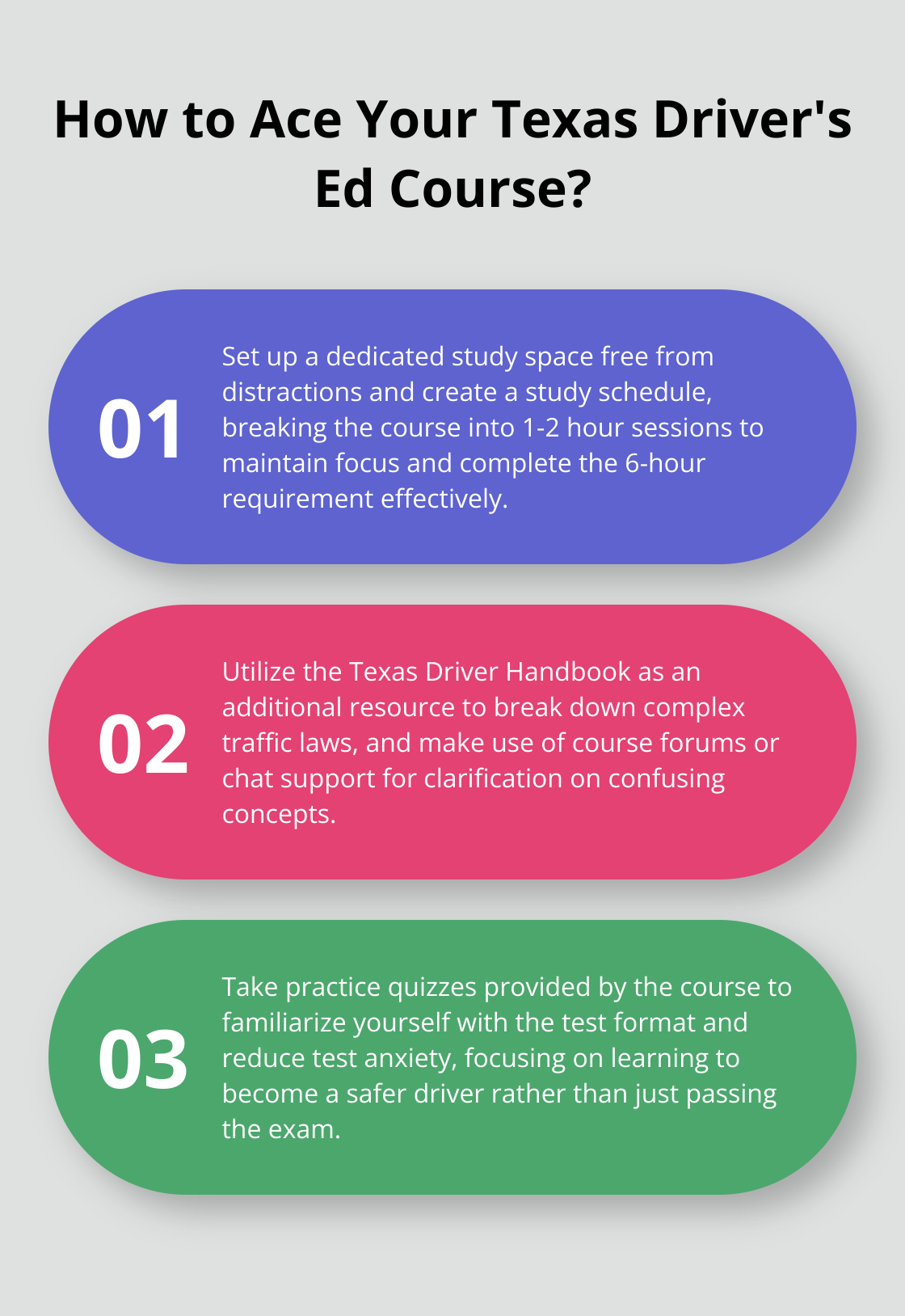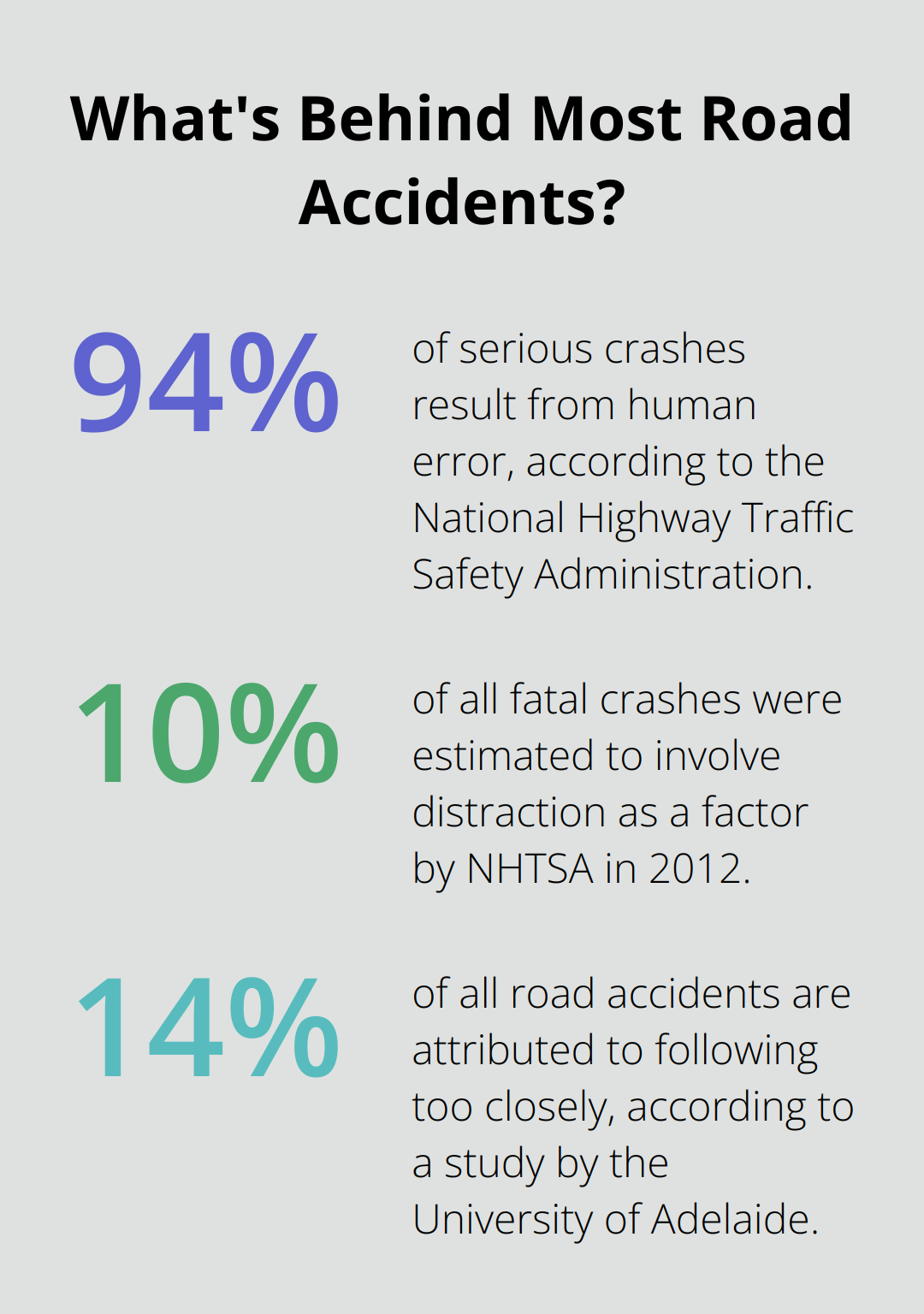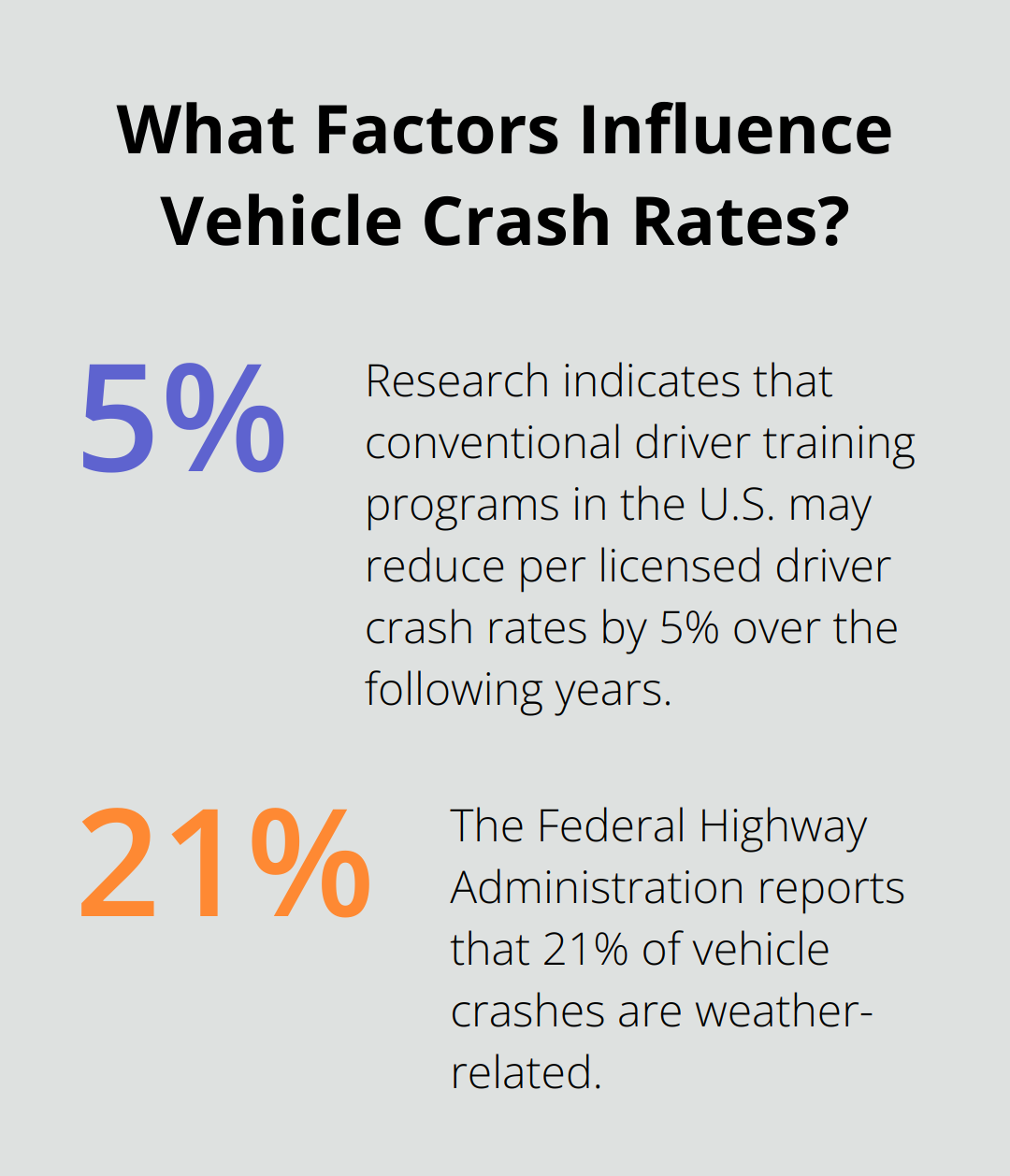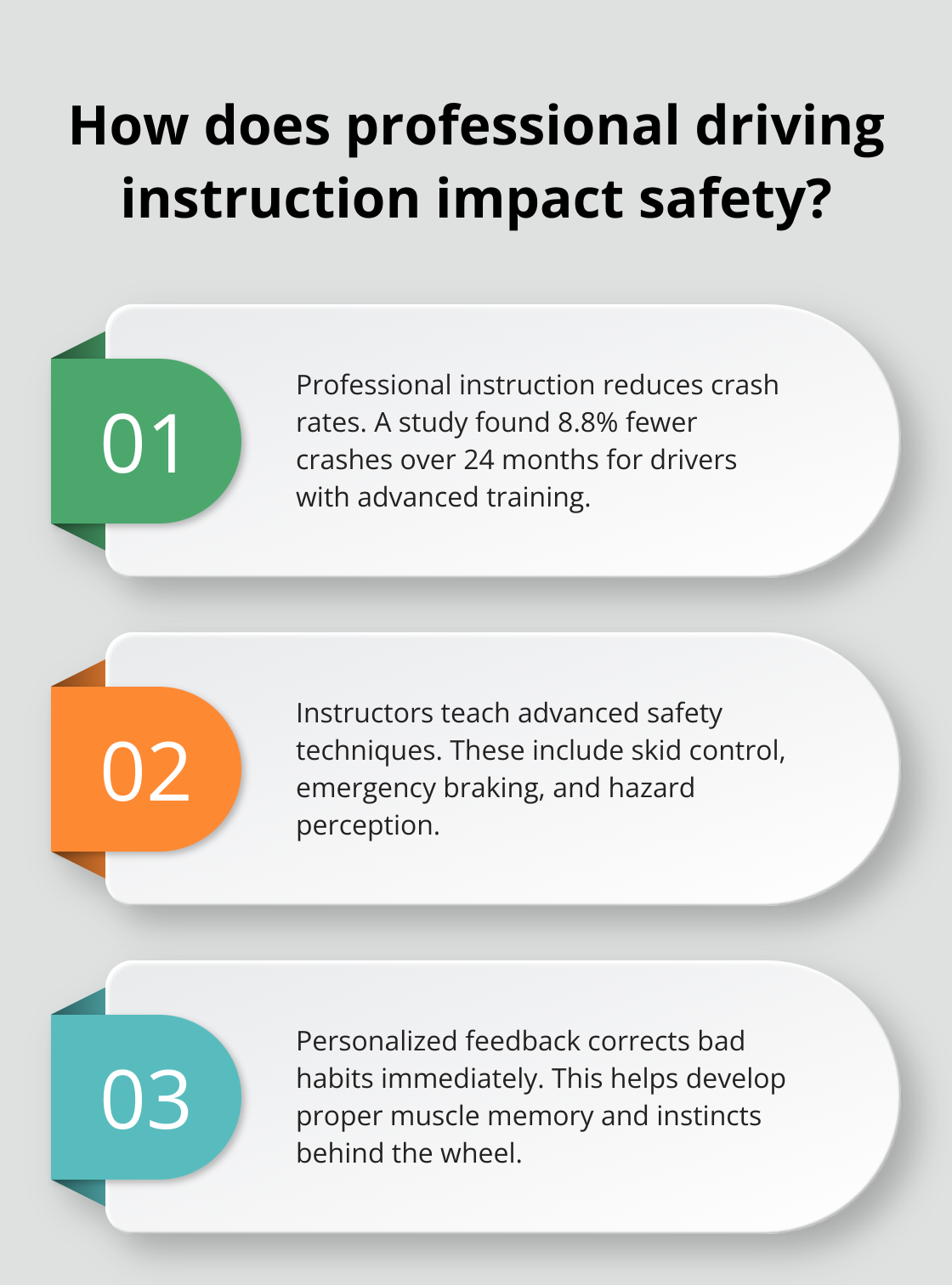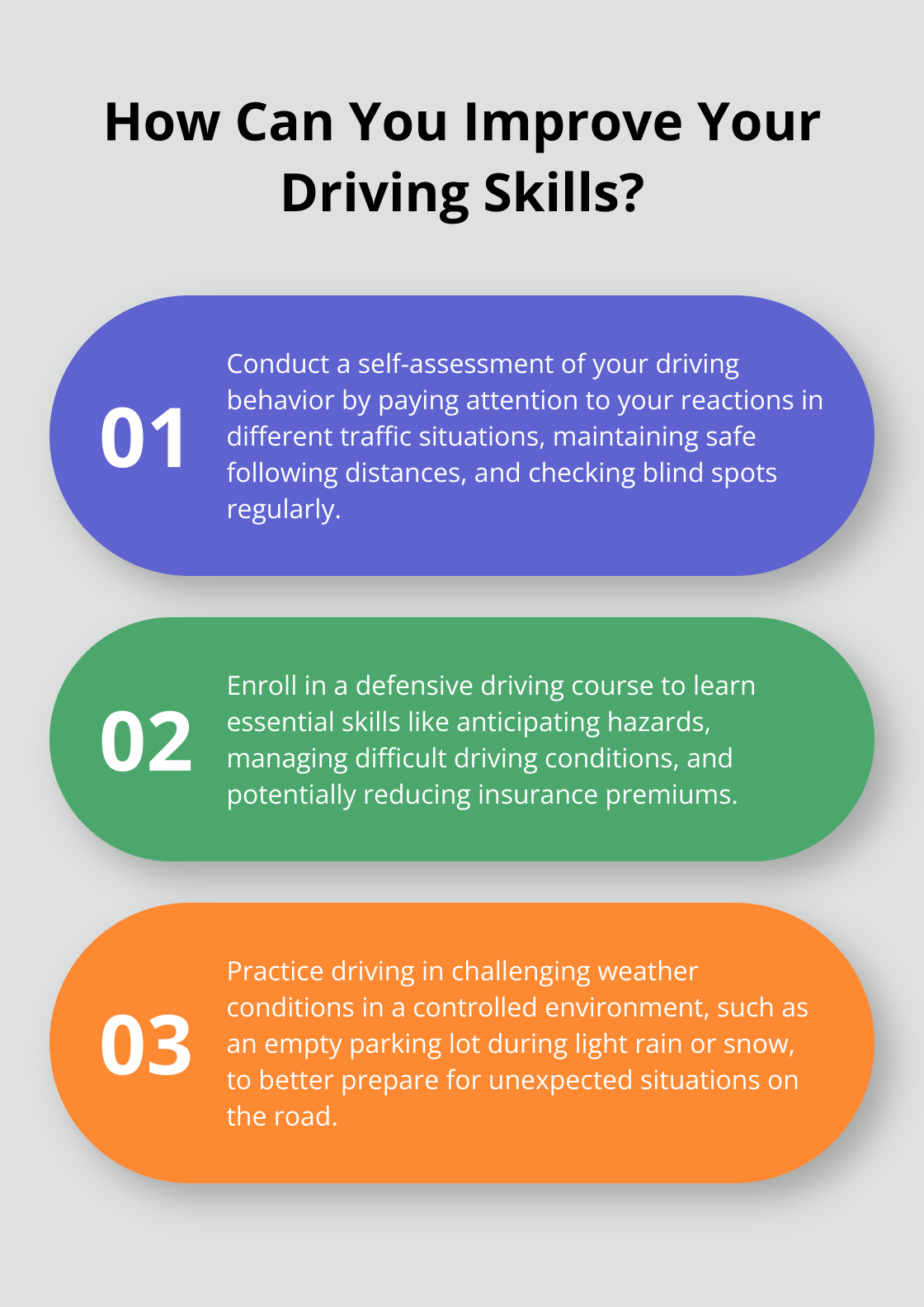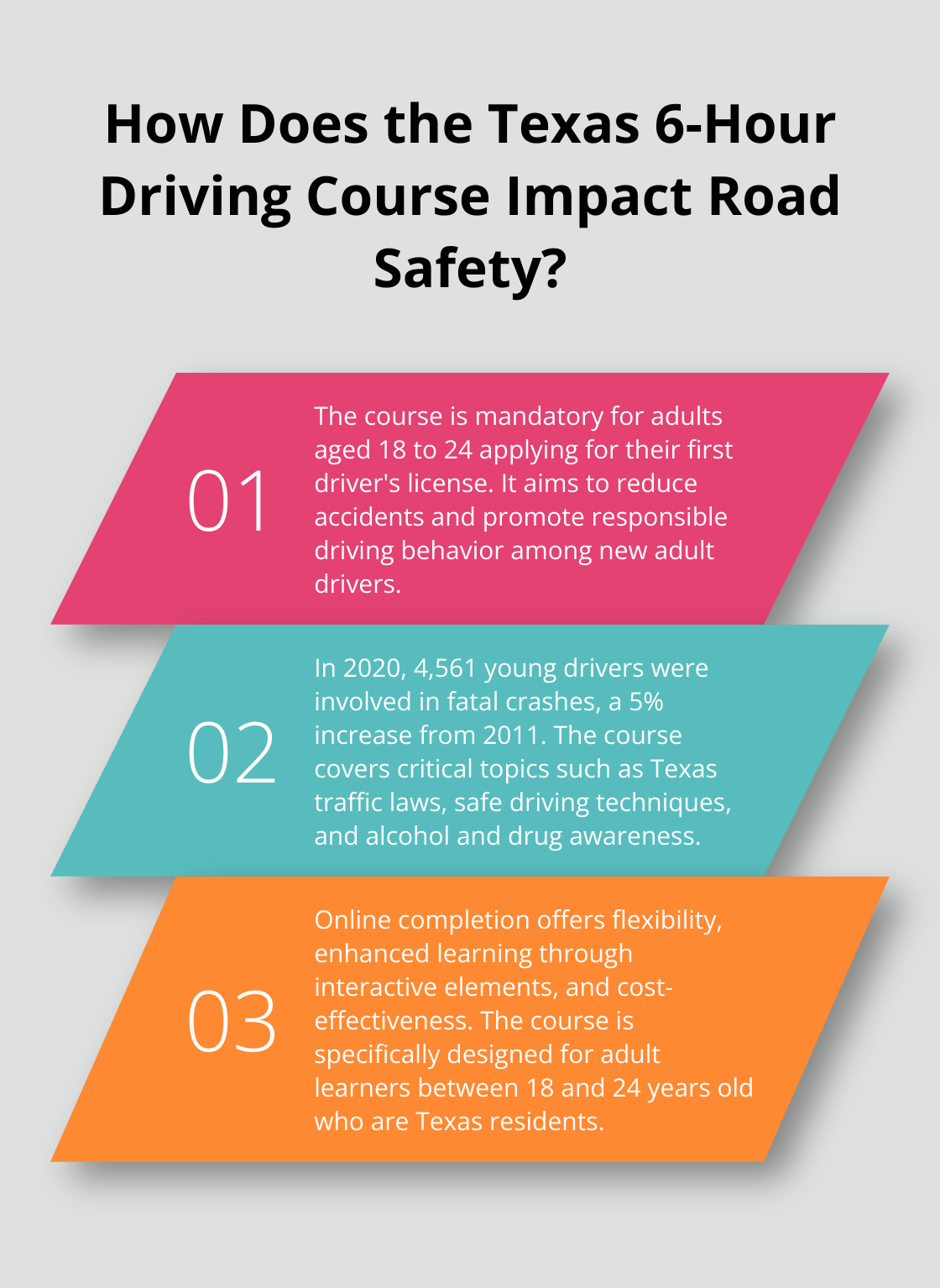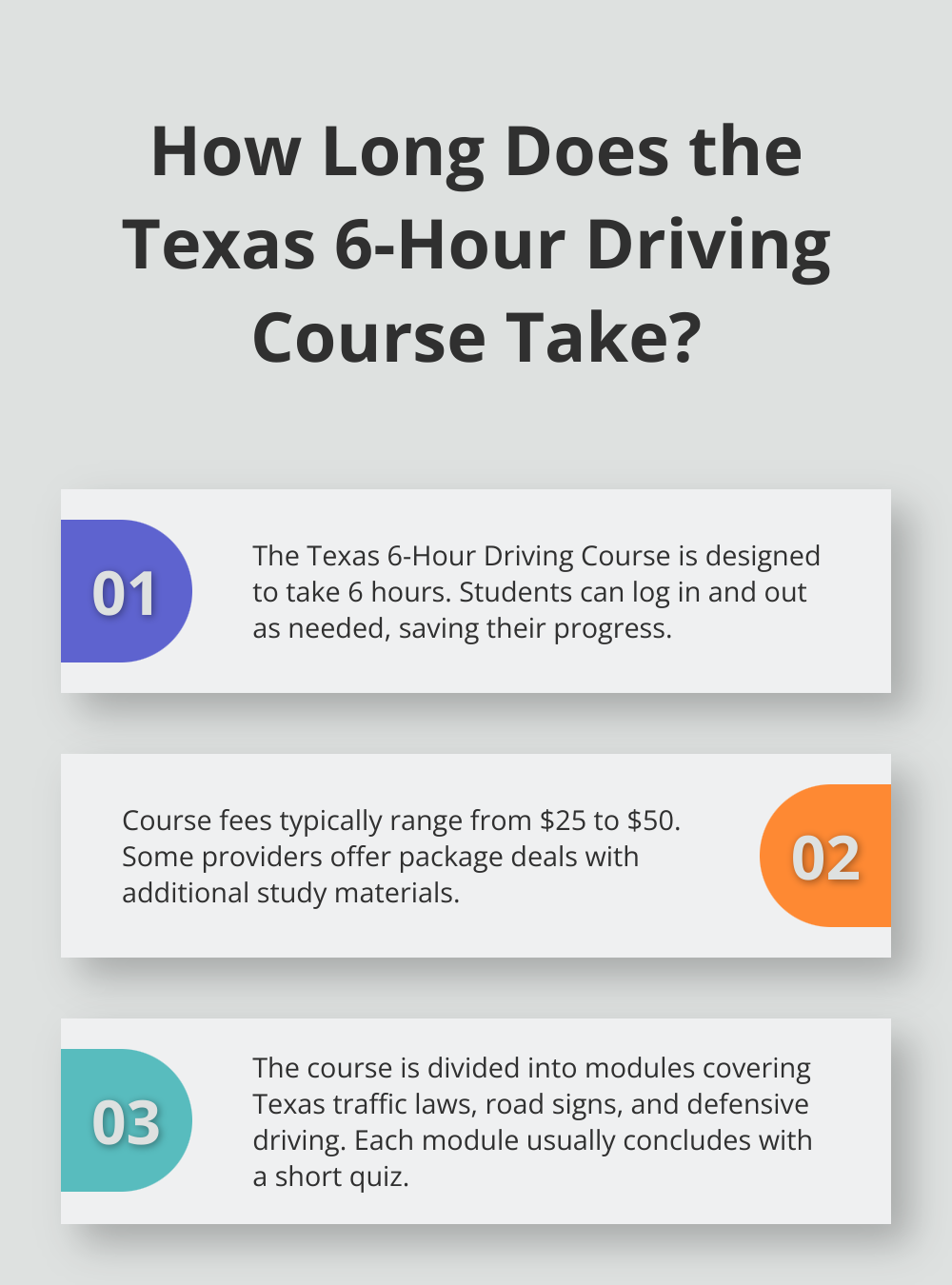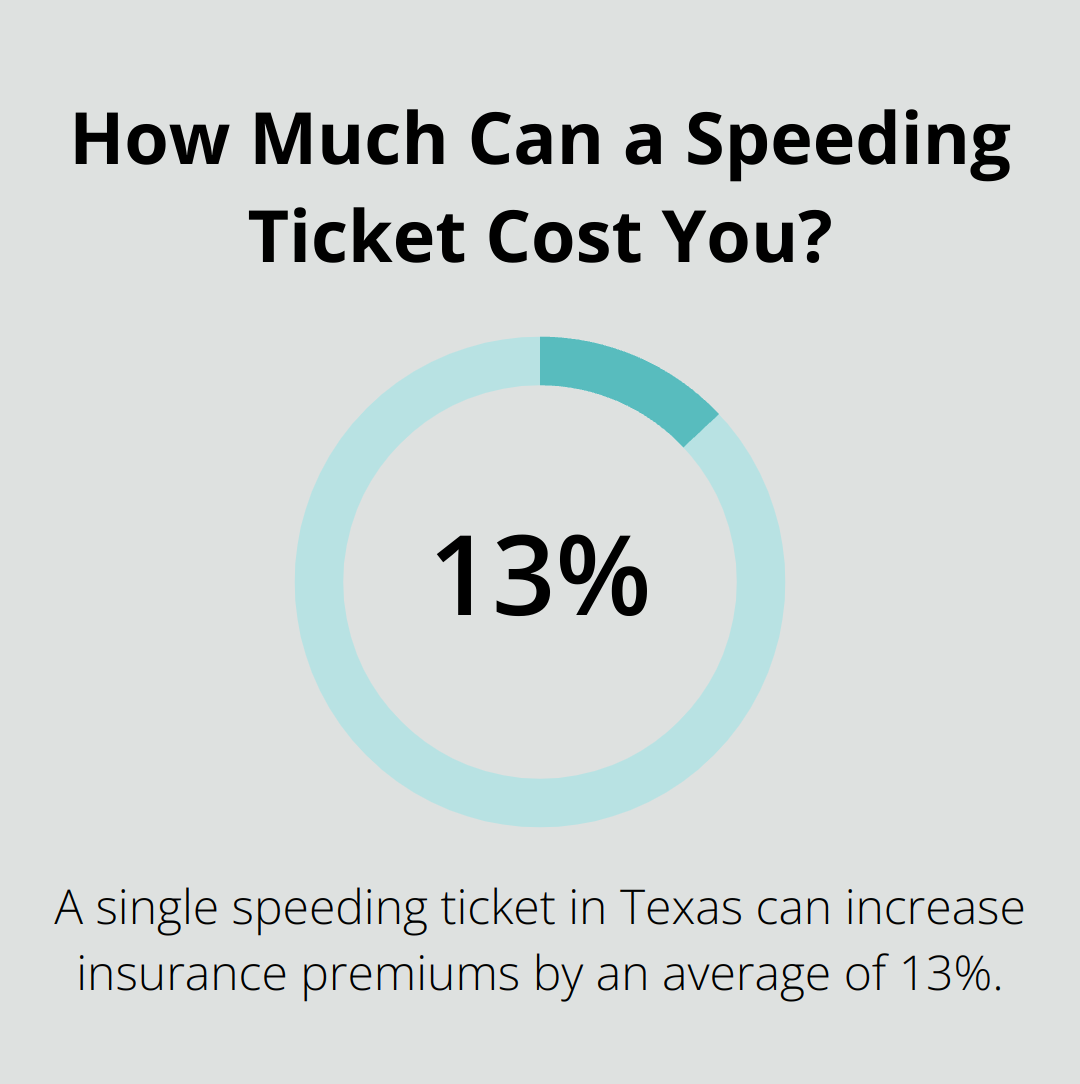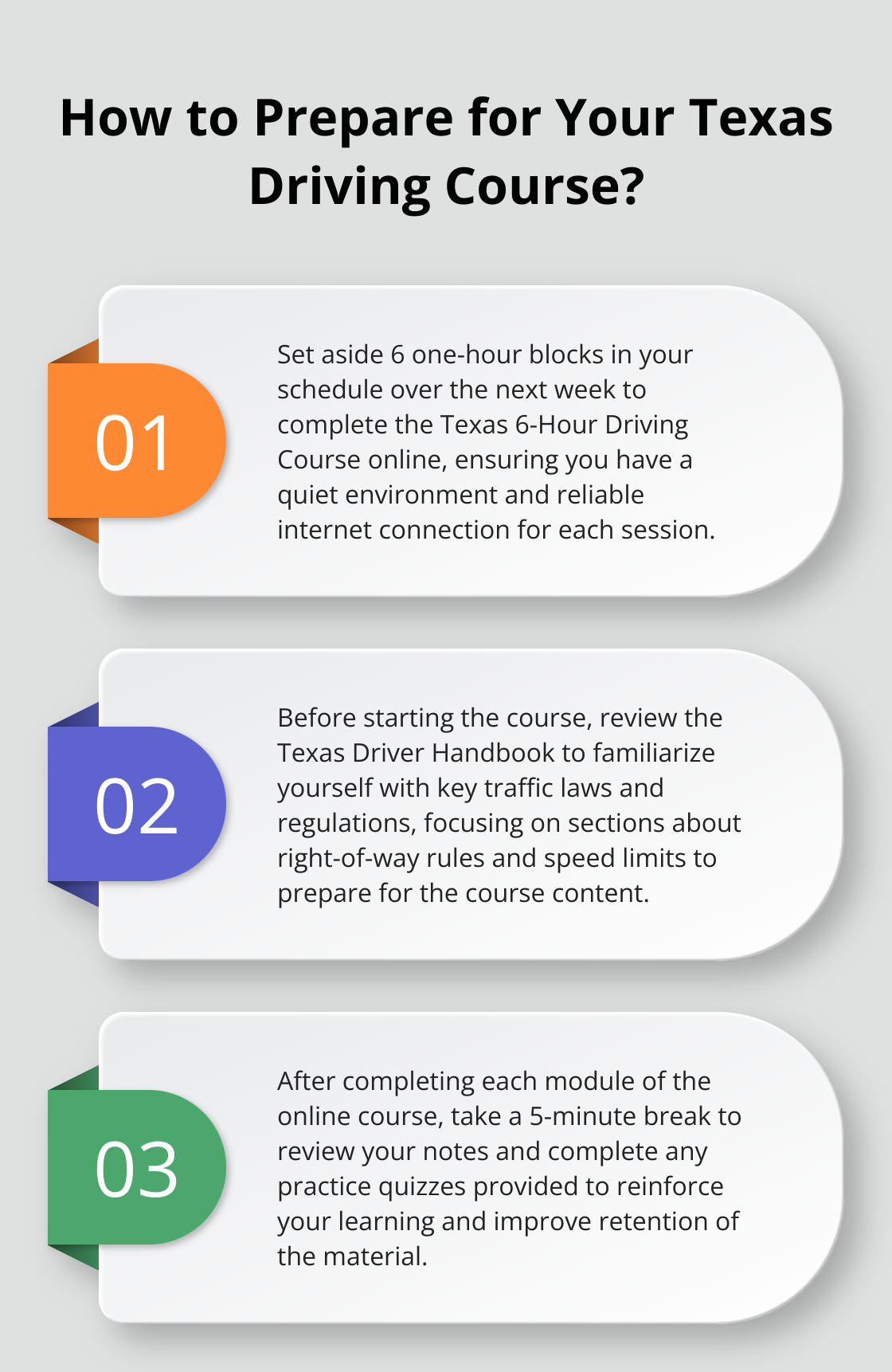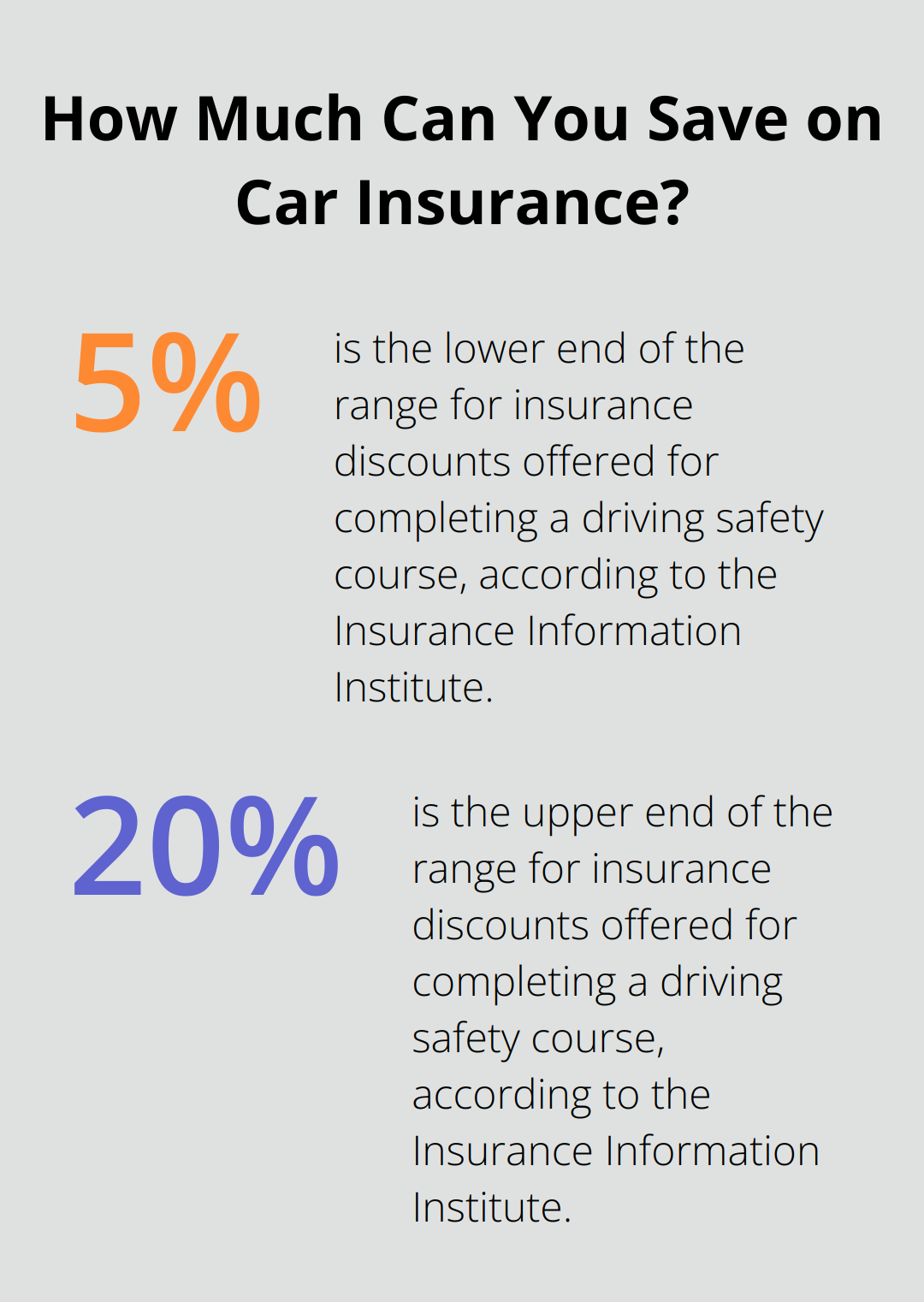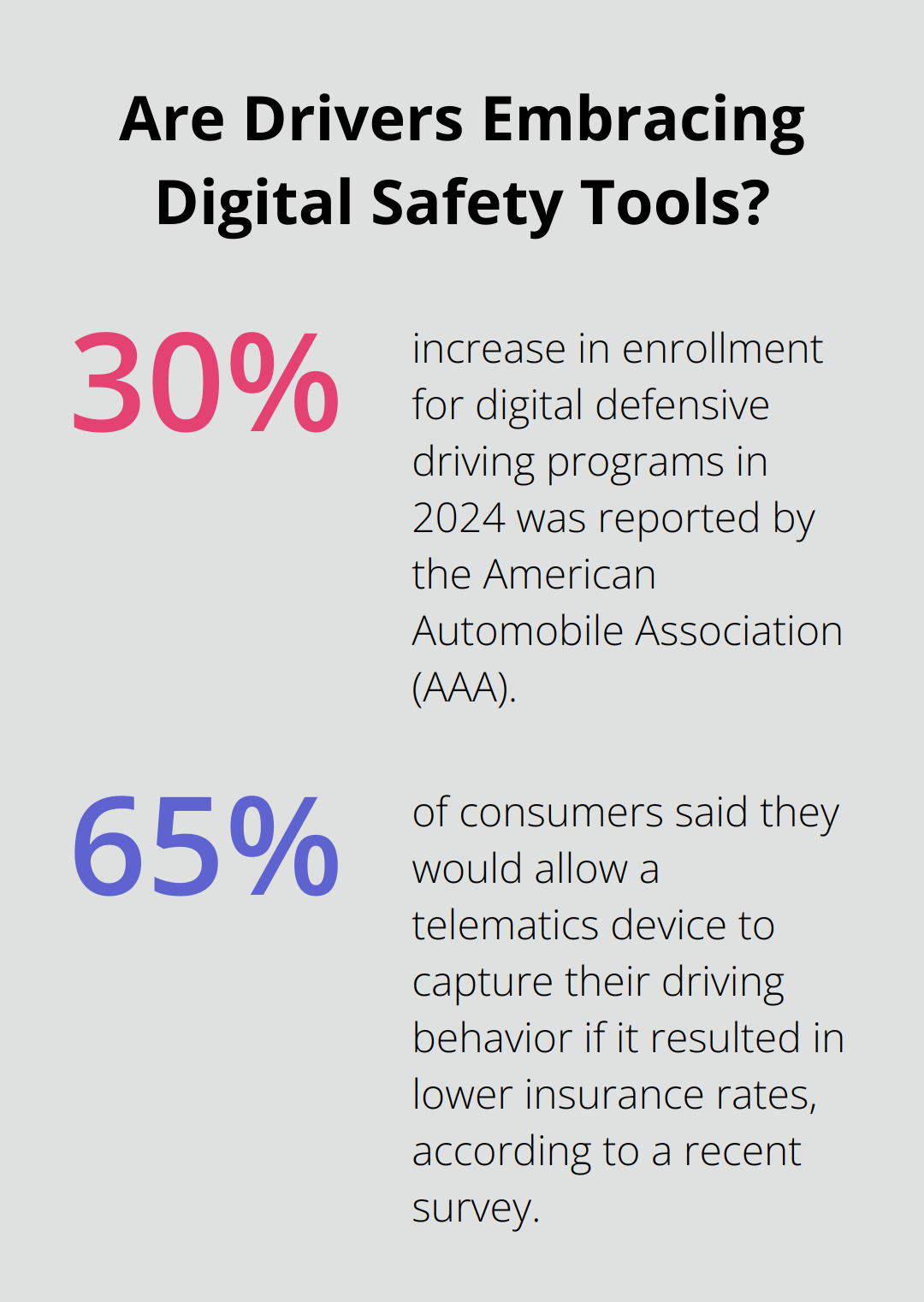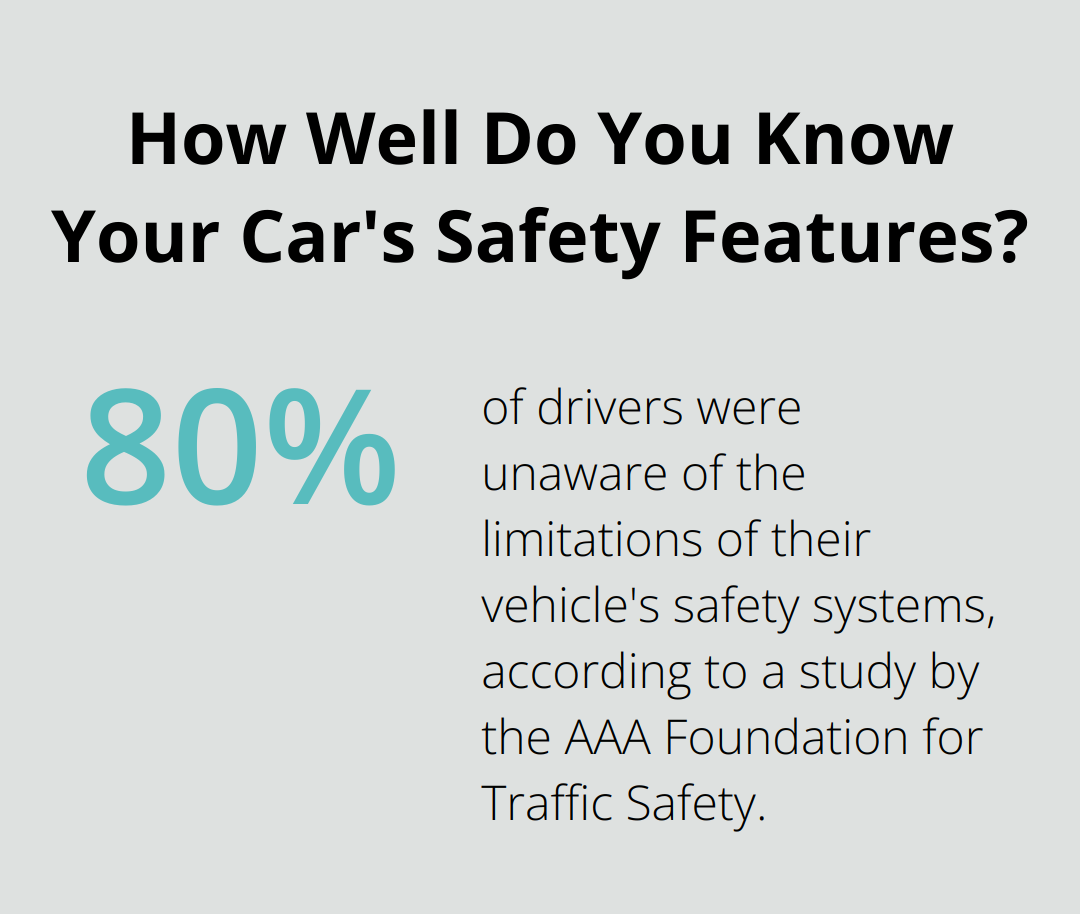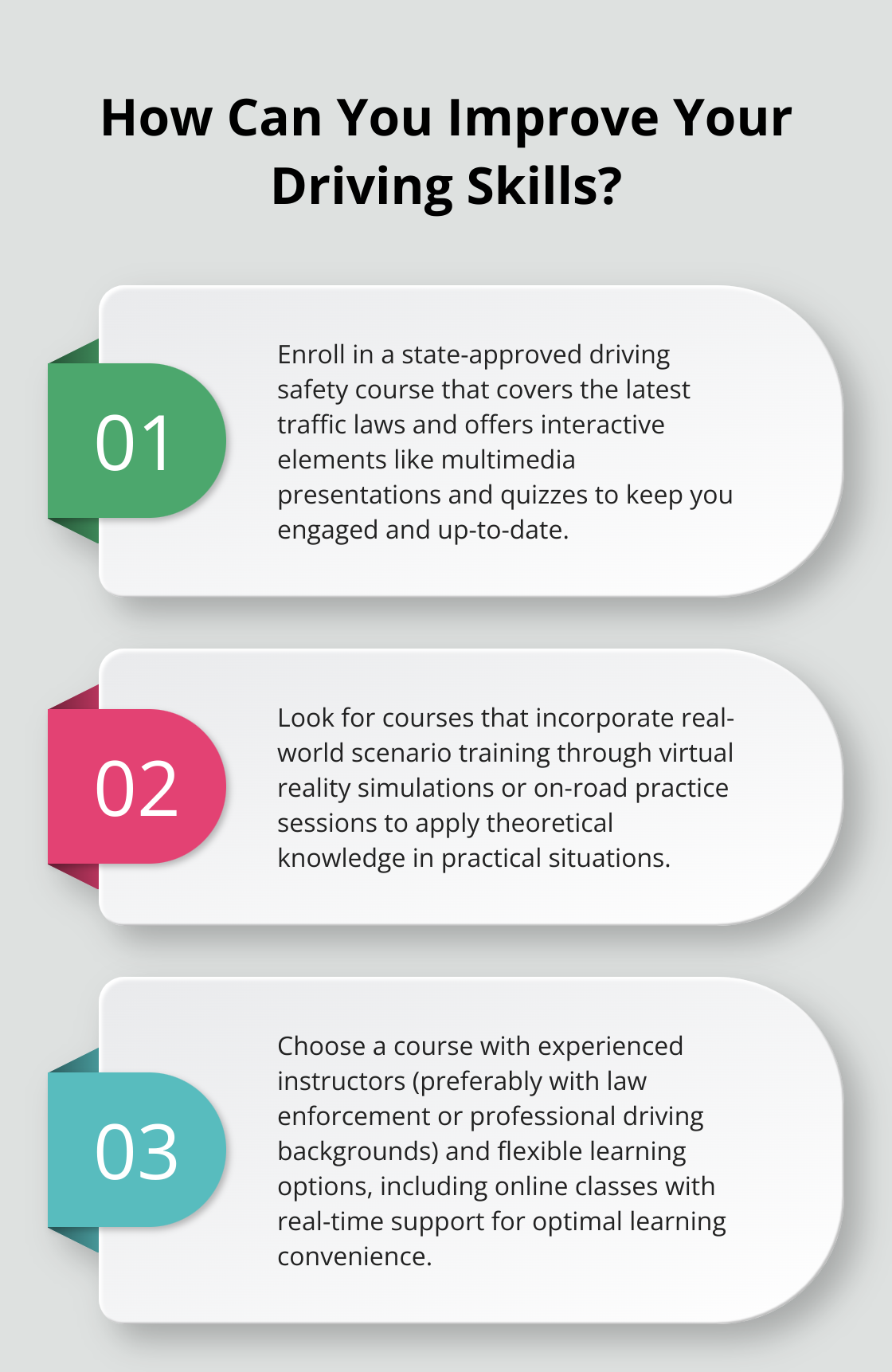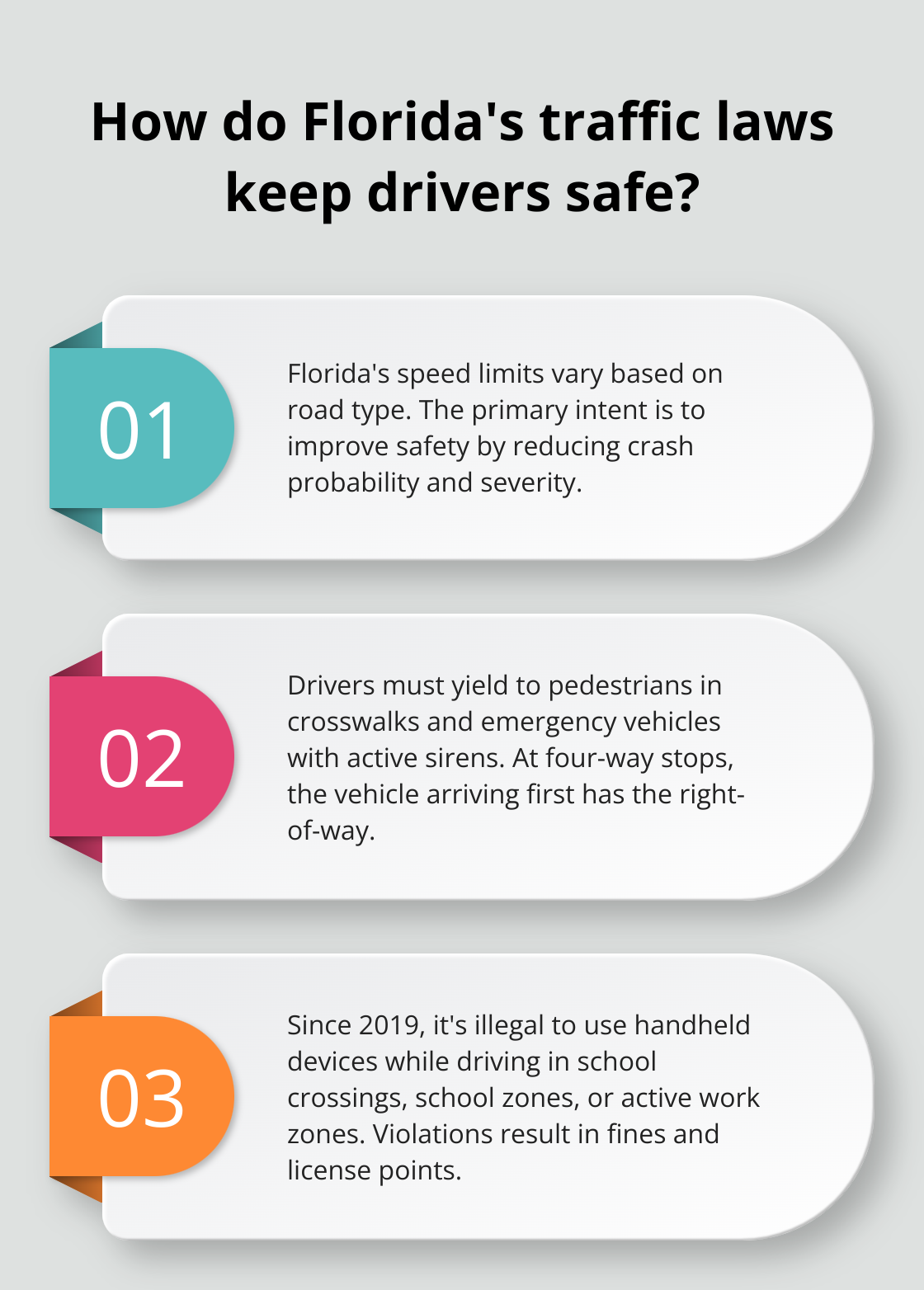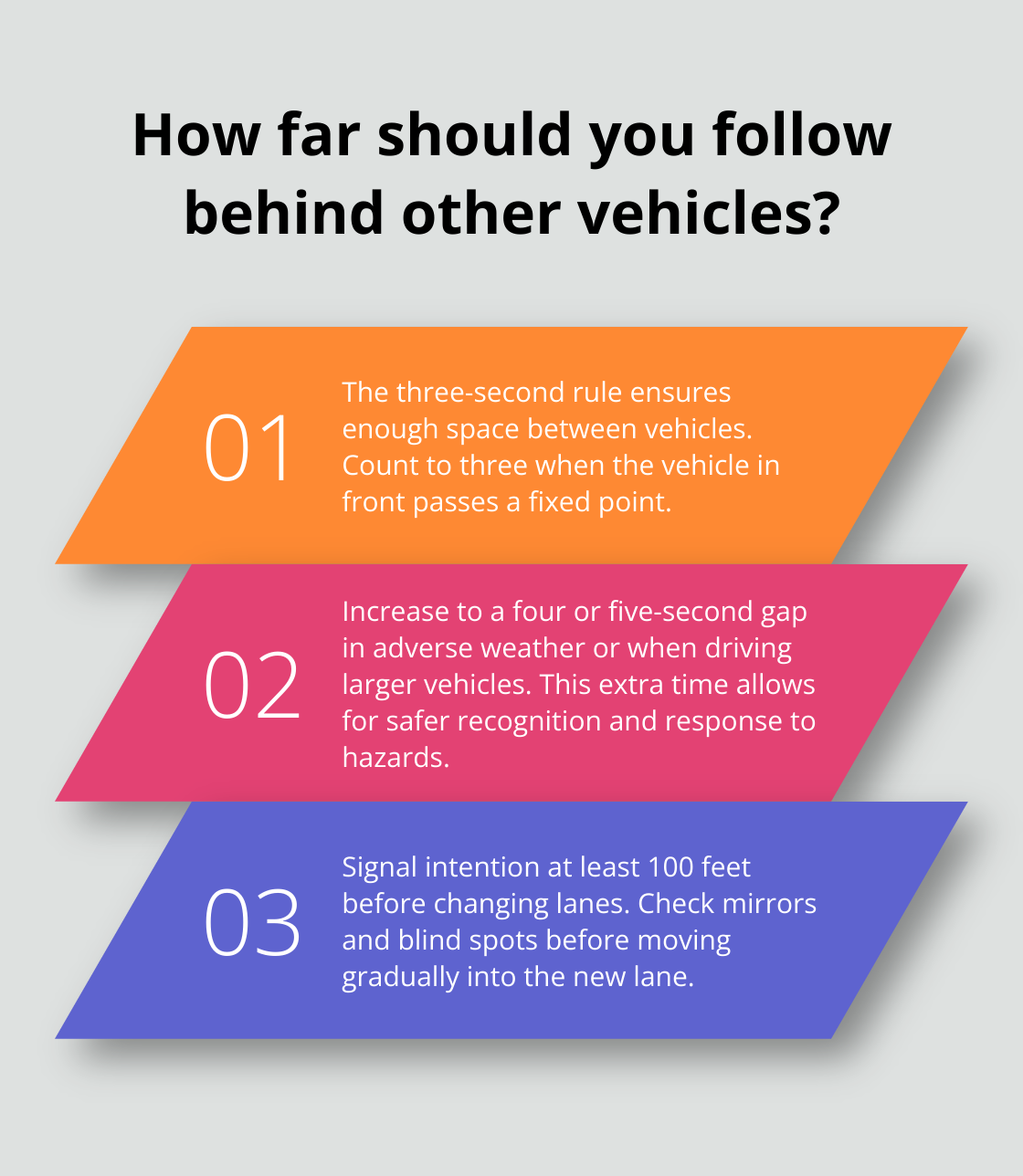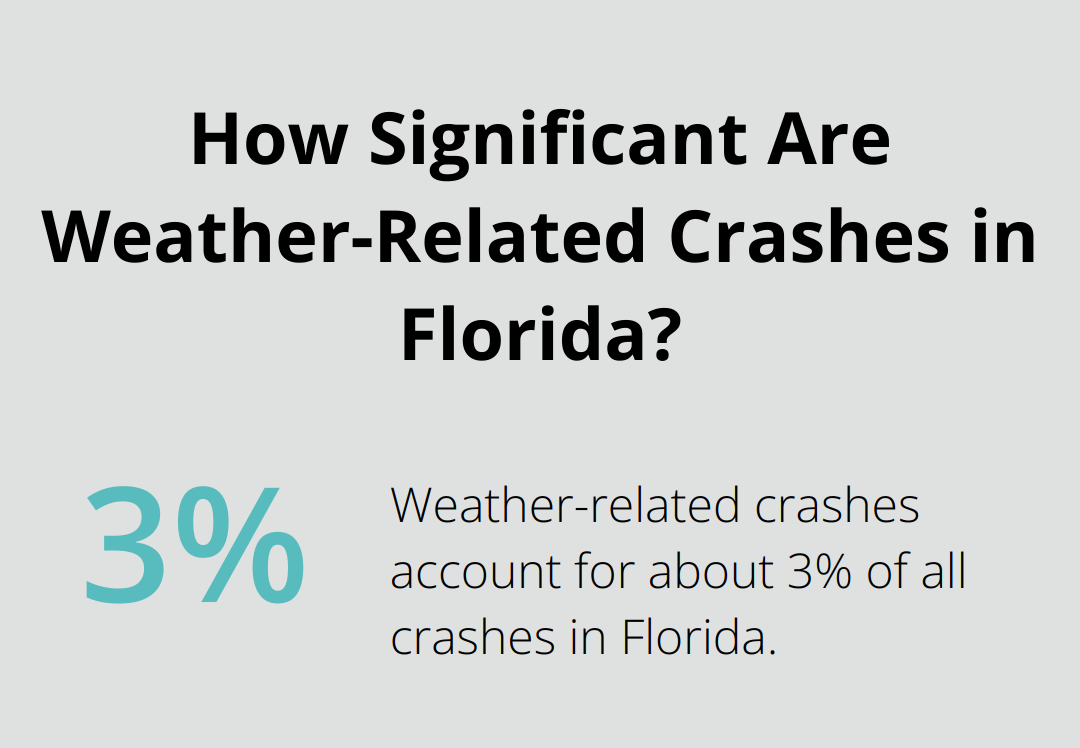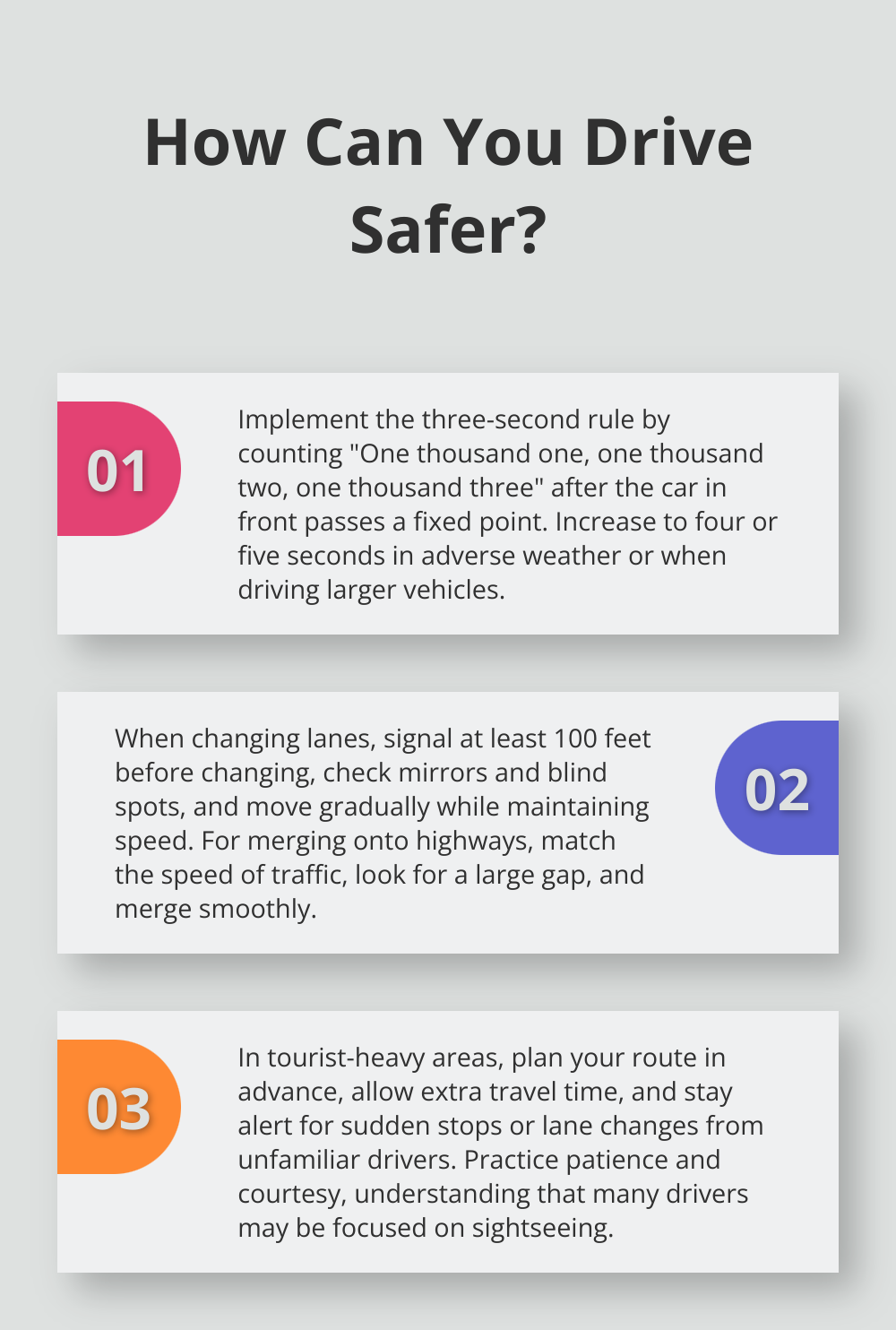How to Choose the Best Online Driving Education Course
Choosing the right driving education course online can be overwhelming with so many options available. At The Wiser Driver Driving School, we understand the importance of quality education in shaping safe and confident drivers.
This guide will help you navigate the world of online driving courses, highlighting key factors to consider and features to look for. By the end, you’ll be equipped to make an informed decision and start your journey towards becoming a skilled driver.
What Matters Most in Online Driving Courses?
State Approval: Your First Checkpoint
Before you select an online driving education course, verify that your state’s Department of Motor Vehicles (DMV) approves it. State-approved courses ensure you learn the correct, up-to-date information required for your license. In Georgia, for example, all online driver’s education courses must meet Joshua’s Law requirements.
Content Quality: Beyond the Basics
The best courses don’t just teach you how to pass the test. They include real-world scenarios, interactive simulations, and comprehensive coverage of traffic laws. Studies have shown that driving simulation programs can be effective at improving performance in the simulator and on the road. Try to find courses that use a mix of text, video, and interactive elements to cater to different learning styles.
Pricing: Value Over Bargains
It’s tempting to choose the cheapest course, but consider the value you’re getting. Prices for online driving courses range from $15 to over $100. Courses around the $50 mark often strike a good balance between affordability and quality. Many insurance companies offer discounts for completing accredited courses (which can offset the initial cost).
User Feedback: The Real Test
Don’t take the course provider’s word for it. Look for reviews from past students on independent platforms. BBB complaints can provide insights into customer satisfaction with driving schools. Pay attention to comments about course content, customer support, and ease of use. These real-world experiences provide valuable insights into what to expect.
Mobile Compatibility: Learn On-the-Go
In today’s fast-paced world, mobile compatibility is a must-have feature. Check if the course offers a mobile app or a responsive website that works well on smartphones and tablets. This flexibility allows you to study during your commute, lunch breaks, or any spare moment you have (maximizing your learning time).
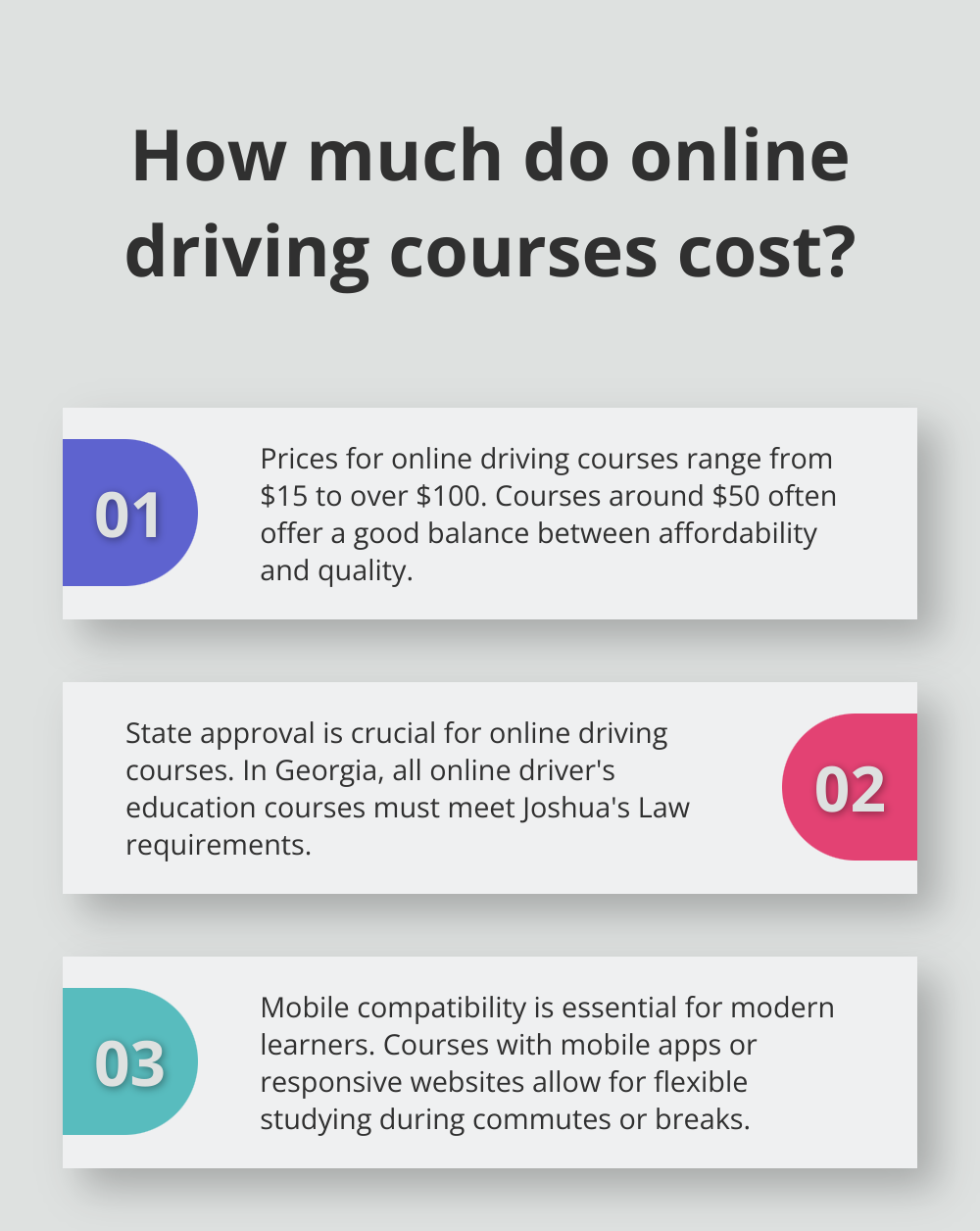
As you weigh these factors, remember that the right online driving course can significantly impact your skills and confidence on the road. The next section will explore the key features that set high-quality online driving courses apart from the rest.
What Makes a Top-Notch Online Driving Course?
Online driving courses vary in quality and effectiveness. The best ones incorporate specific features that enhance learning and prepare students for real-world driving situations. Let’s explore the key elements that distinguish high-quality courses from the rest.
Engaging Interactive Content
Top-tier online driving courses utilize a mix of multimedia elements to keep students engaged. These courses offer:
- Interactive simulations
- Video demonstrations
- Animated graphics
These tools help students visualize complex traffic scenarios and understand how to react in various situations. With improved oversight, more interactive and effective courses, and increased parental involvement, online basic driver education courses may be an effective alternative to traditional classroom instruction.
Comprehensive Practice Tests
Quality online courses provide numerous practice tests that mimic the actual DMV exam. These tests serve two primary purposes:
- Familiarize students with the exam format
- Identify areas that require more study
Try to find courses that offer at least 5-10 full-length practice tests (with explanations for each answer to enhance understanding).
Seamless Mobile Experience
The ability to learn on-the-go has become essential in today’s fast-paced world. A recent survey revealed that students prefer mobile-friendly courses. The best online driving courses offer:
- Responsive designs
- Dedicated mobile apps
These features allow students to study during their commute, lunch breaks, or any spare moment they have, maximizing learning time.
Official Certification
Upon completion of the course, students should receive an official certificate recognized by their state’s DMV. This document serves as proof of completion and is often required to:
- Schedule the driving test
- Qualify for insurance discounts
Students should ensure that their chosen course clearly states they provide this certification and specifies how quickly it will be received after program completion.
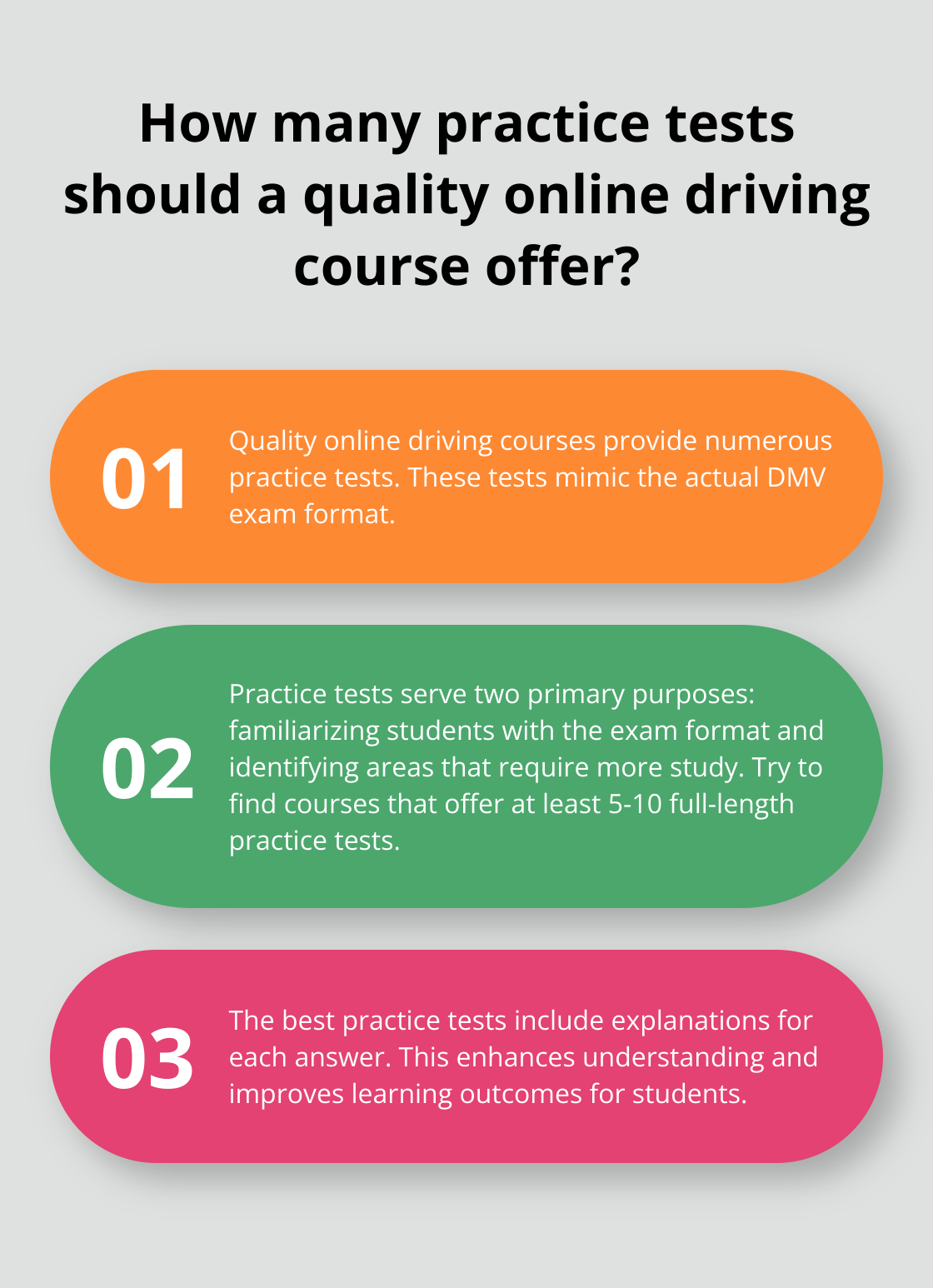
These features can transform the learning experience from simply passing a test to becoming a confident, skilled driver. The next section will explore the numerous benefits of choosing an online driving education course over traditional classroom-based instruction.
Why Online Driving Courses Are Game-Changers
Flexibility: Learn Anytime, Anywhere
Online driving courses offer unparalleled flexibility. You can access course materials from any online device, allowing you to learn from home with zero time or expense required for travel. This benefit particularly appeals to busy adults or students with packed schedules.
Cost-Effective Without Compromising Quality
Online driving courses often cost less than their in-person counterparts. This cost savings doesn’t equate to a compromise in quality. Many online courses provide comprehensive content that meets or exceeds state requirements.
Personalized Learning Experience
Self-paced study stands out as a key feature of online driving courses. You can allocate more time to challenging topics and move quickly through familiar ones. This personalized approach can lead to better information retention. However, a study analyzing student performance showed no significant difference between online and face-to-face learners.
Up-to-Date Information at Your Fingertips
Online courses can quickly update to reflect the latest traffic laws and safety guidelines. This ensures that you learn the most current information.
Interactive Learning Tools
Many online driving courses incorporate interactive learning tools to enhance the educational experience. These tools may include:
- Virtual driving simulations
- Interactive quizzes and tests
- Video demonstrations of driving techniques
These features help to engage students and reinforce important concepts (which can lead to better understanding and retention of the material).
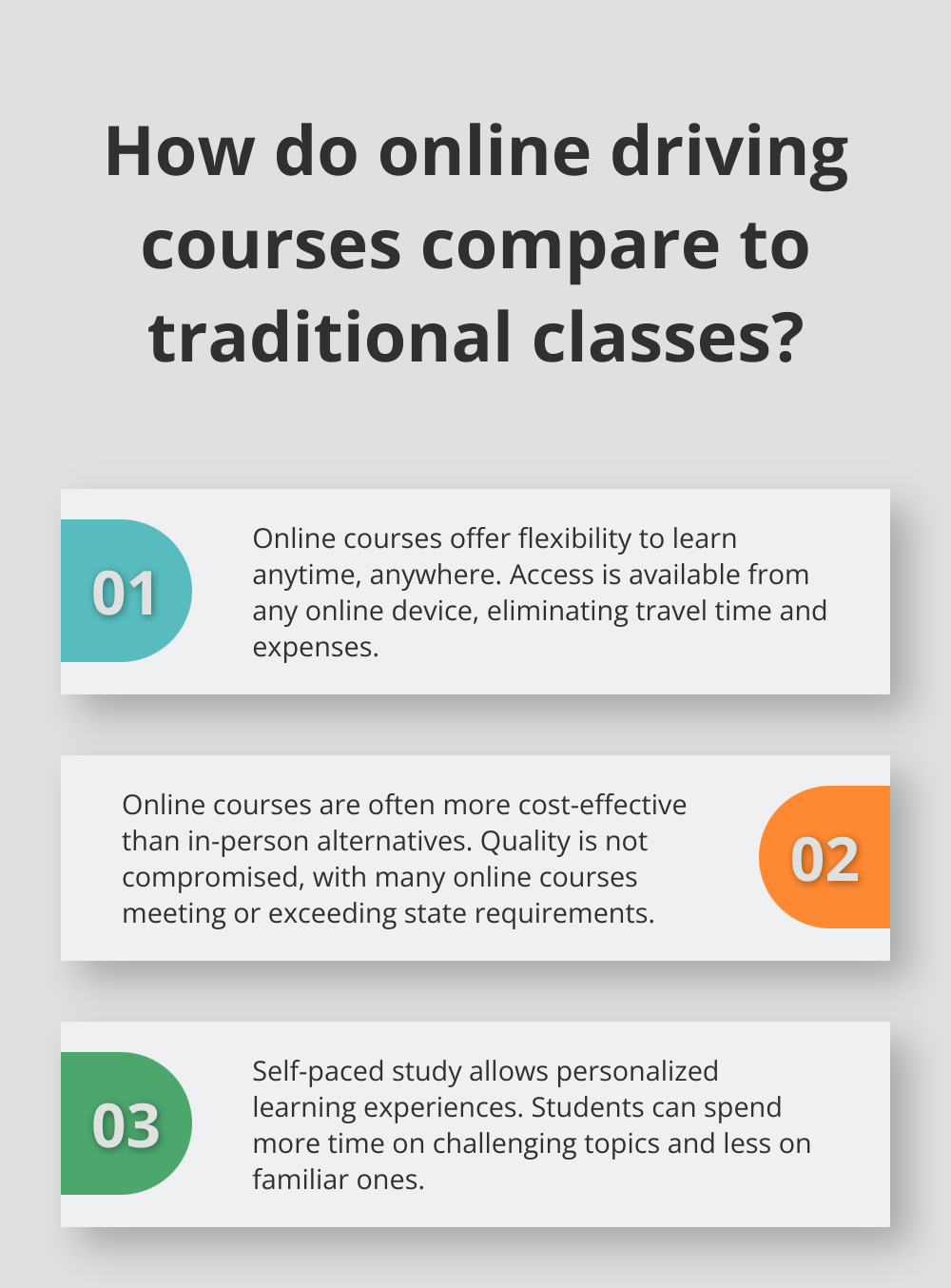
Final Thoughts
The right driving education course online will shape you into a safe and confident driver. State approval, course quality, pricing, and user reviews should guide your decision. A top-notch course offers interactive materials, practice tests, and mobile compatibility to enhance your learning experience.
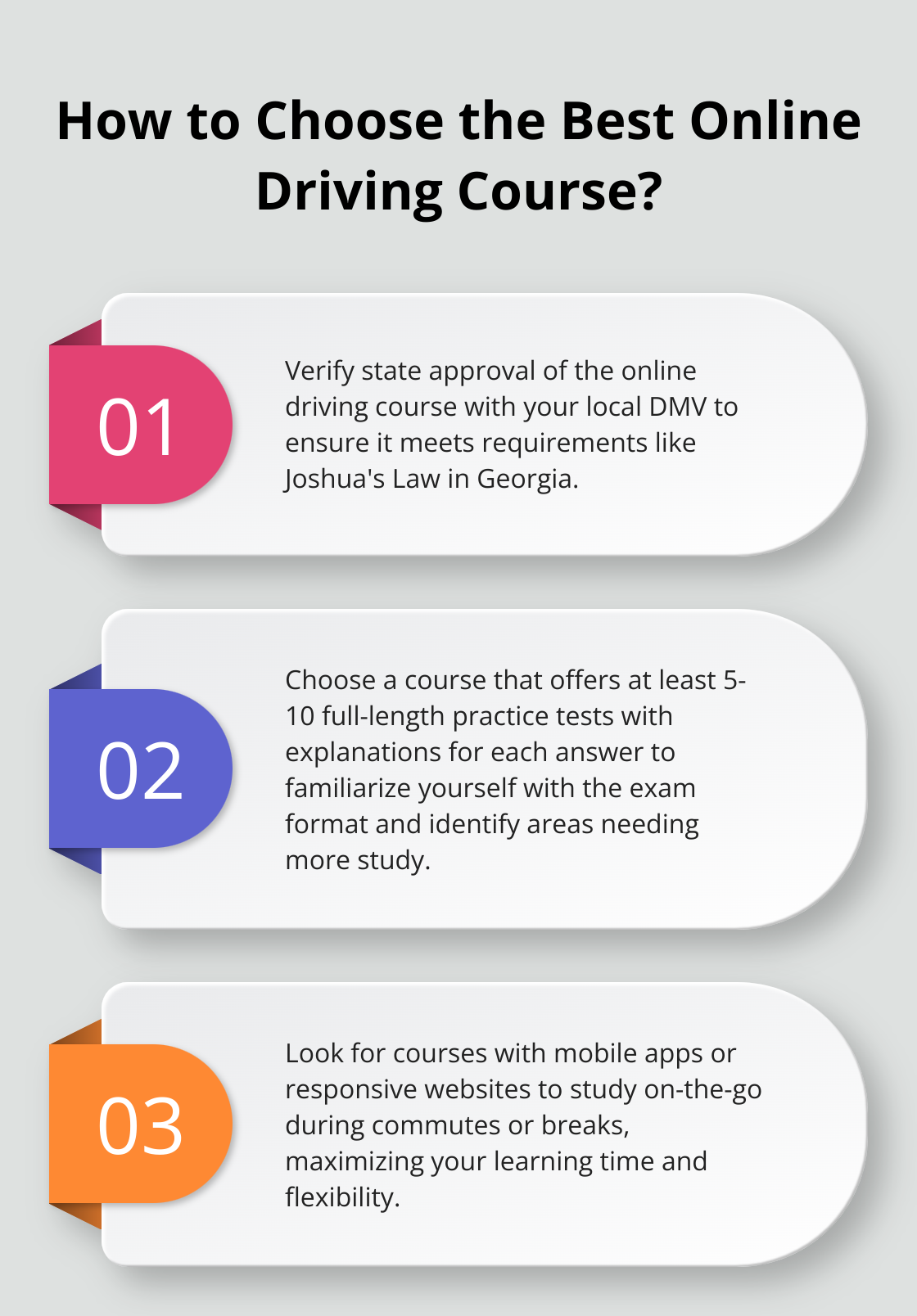
Online courses provide flexibility, convenience, and cost-effectiveness without compromising on quality. They equip you with up-to-date knowledge and skills needed for safe road navigation. The right course can significantly impact your driving abilities and confidence.
At The Wiser Driver Driving School, we offer comprehensive programs for drivers of all ages. We provide state-required courses, personalized lessons, and convenient testing services. Take time to research and compare options, keeping in mind the factors we’ve discussed (to make an informed choice for your online driving education).



